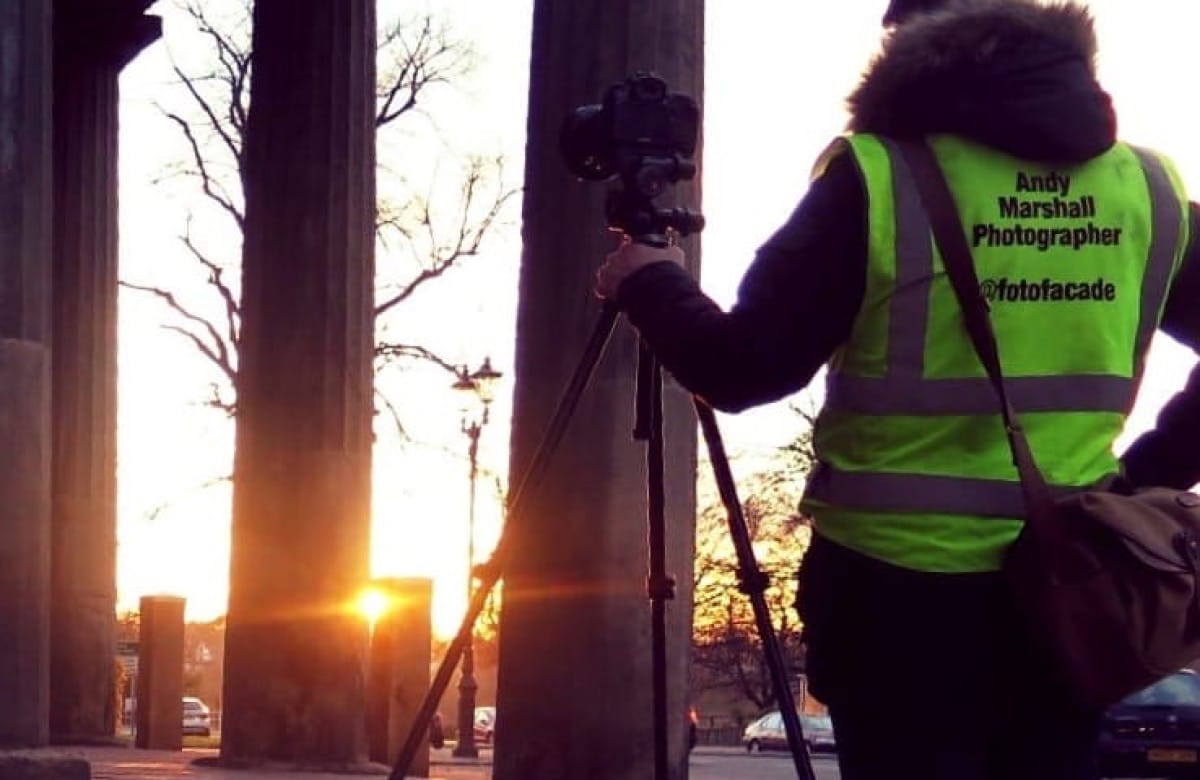
Welcome!
Genius Loci has rapidly become the highlight of my Friday morning mailboxes Andy! - David.
Kind words about the Genius Loci Digest.
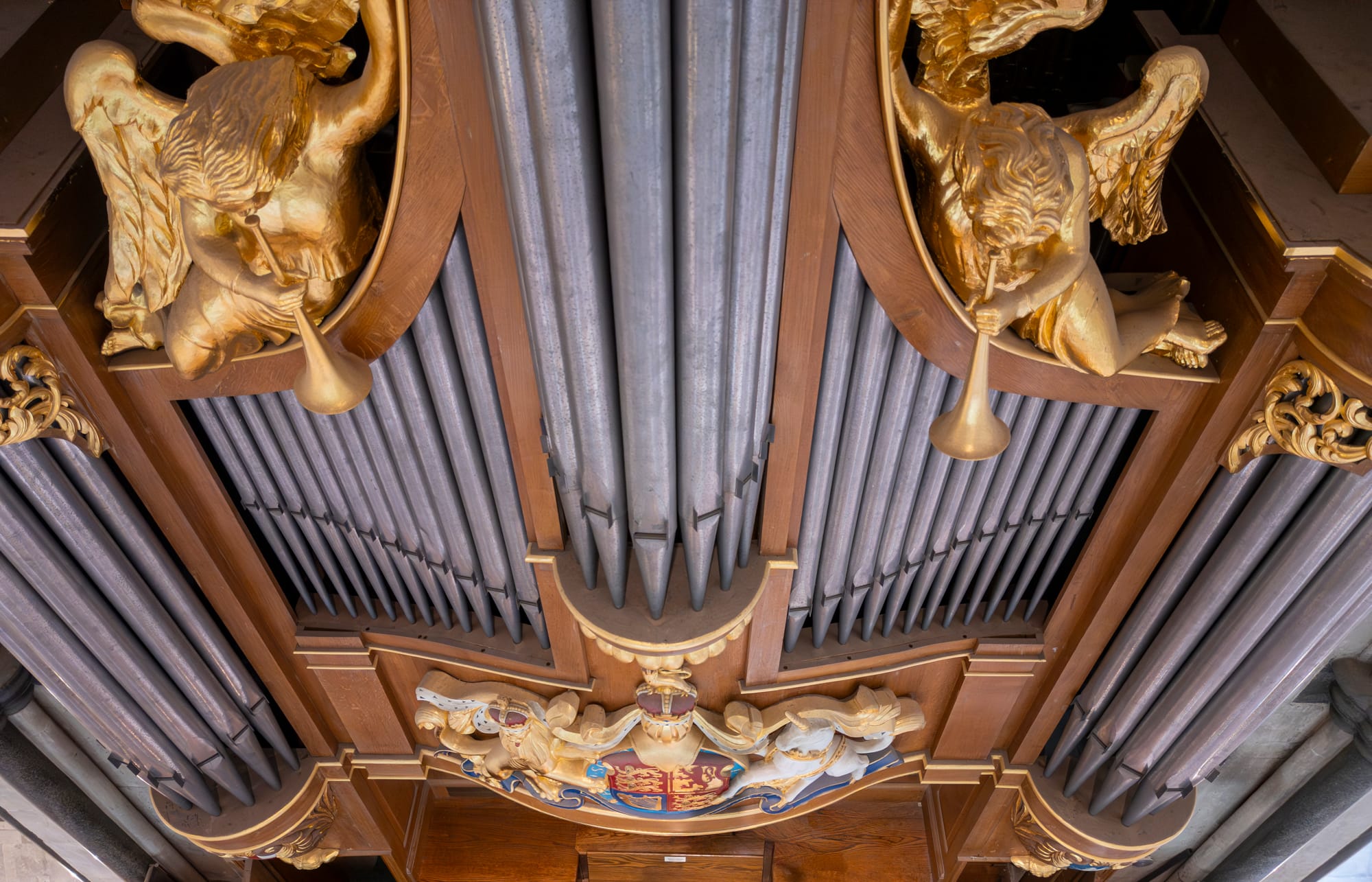
Photographing Temple Church, London: Part One
Built by the Knights Templar as their English HQ.
⚡️ View the latest digest and the full archive here.
📐 My Goals ℹ️ Donations Page & Status 📸 MPP Status 🛍️Shop
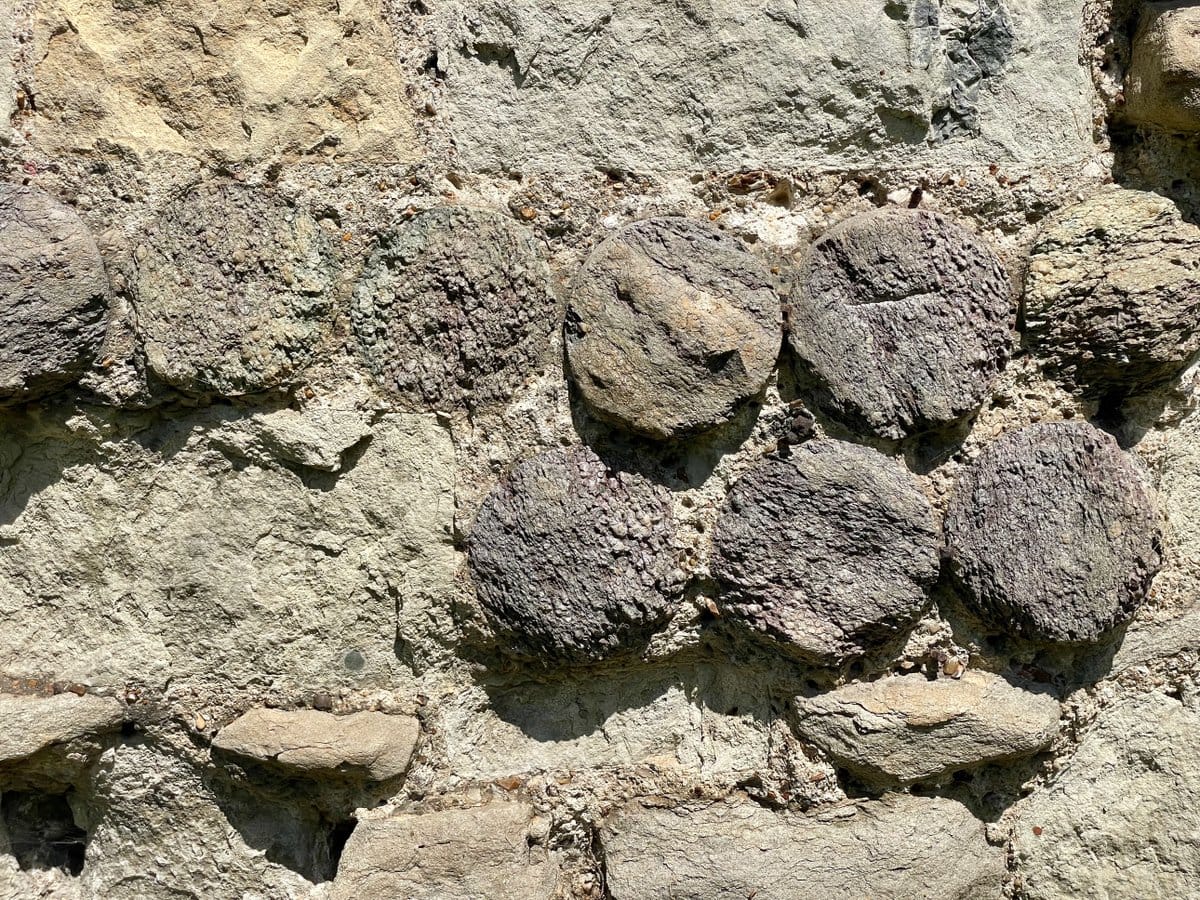
These circular forms are the ghosted bases of Purbeck marble columns — echoes of Waltham Abbey’s former presence and power.
The time was tea-time, calm free-wheeling time,
When from slashed tree-tops in the combe below
I heard a bell-note floating to the sun;
It gave significance to lichened stone
John Betjeman: Summoned by Bells
Music and architecture have the common property of putting us inside a sensorial whole different from that we ordinarily live in.
Violet Page 1932
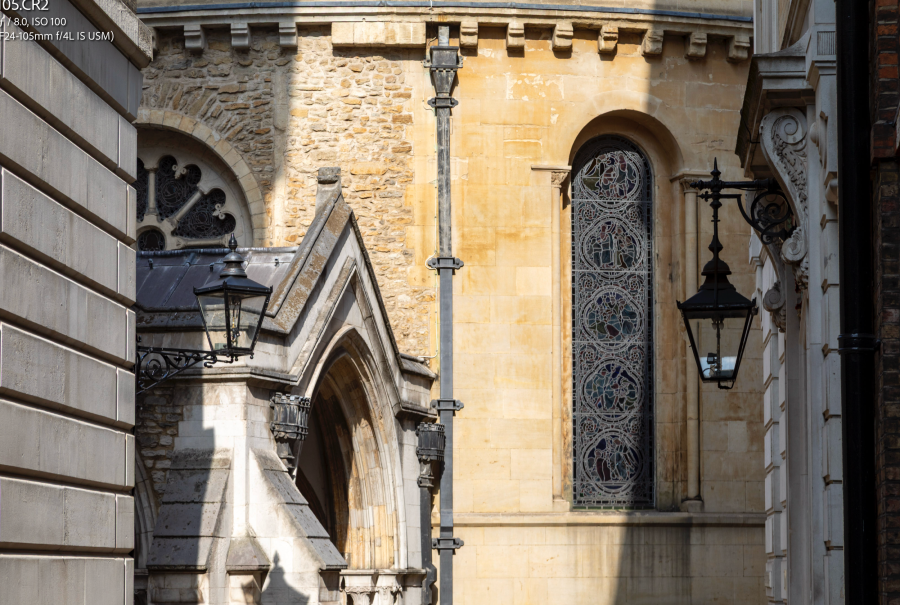
In Kassel, Germany, there is a small disc upon the ground where a single line of brass runs one kilometre down into the earth — a gesture connecting surface and depth. It’s said that standing there gives a peculiar sense of perspective, a grounding that widens perception.
I’m not in Kassel now, yet I’m feeling something similar while standing at the centre of one of England’s most remarkable buildings: Temple Church in London. Its significance is difficult to overstate. Temple Church is among the most important surviving examples of medieval architecture in Europe and one of the earliest expressions of Gothic design in England. Built by the Knights Templar, it is a structure of overwhelming unity, where proportion and meaning are held in equilibrium.
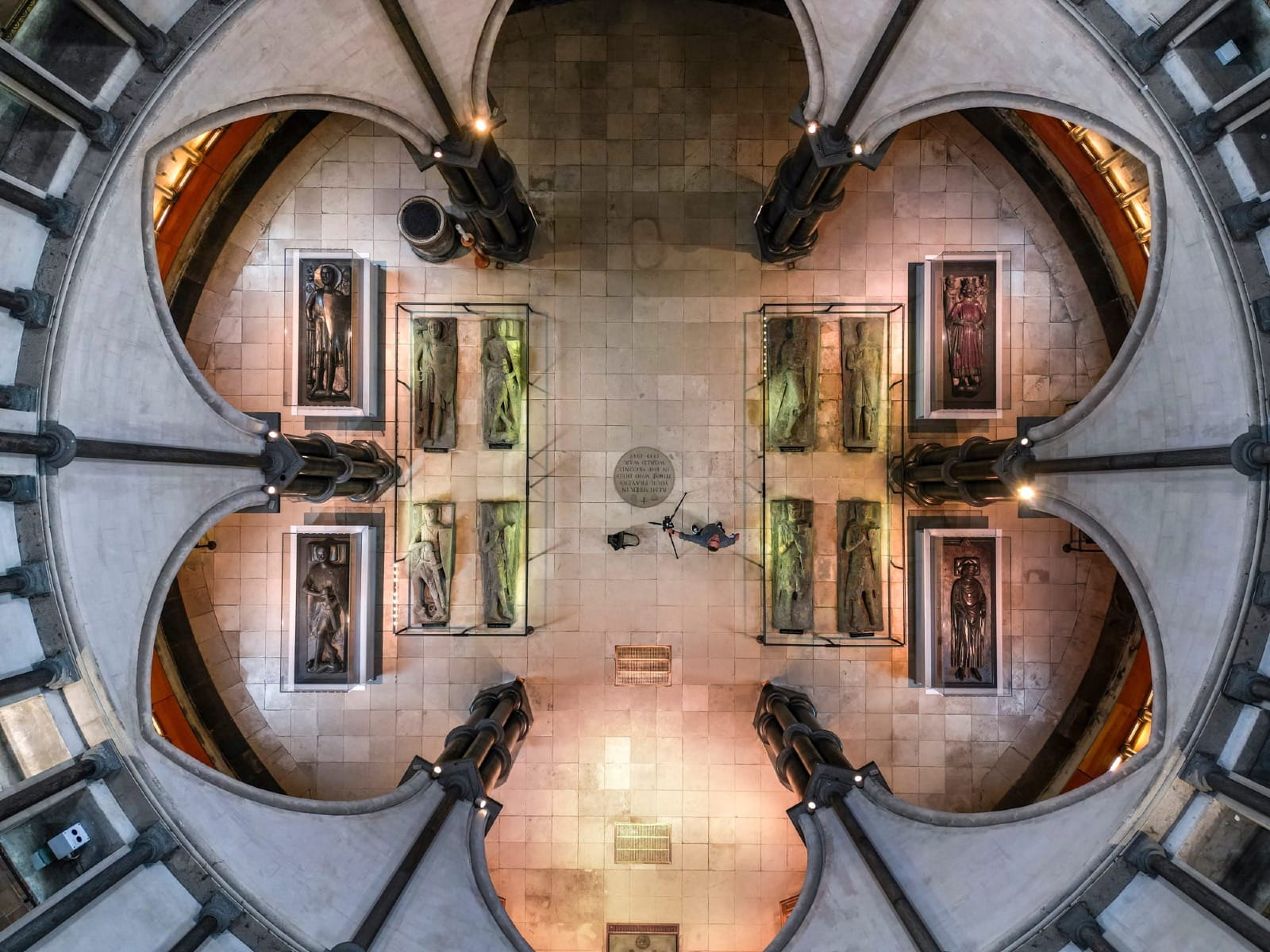
The space I stand within is the nave, which is circular — the most enduring of geometries, modelled on the fourth-century Church of the Holy Sepulchre in Jerusalem. Here at the heart of the nave, the ‘Kassel effect’ is far richer, more palpable. The focus isn’t mechanical but organic — a kind of emotive confluence of form and line, light and shade, history and memory. Every column, arch and carving converges upon this still point. Standing at the centre unlocks the spirit of the place. It’s as though the building itself were an epic drama, and I had stepped into the pivot of its plot — a moment of revelation.
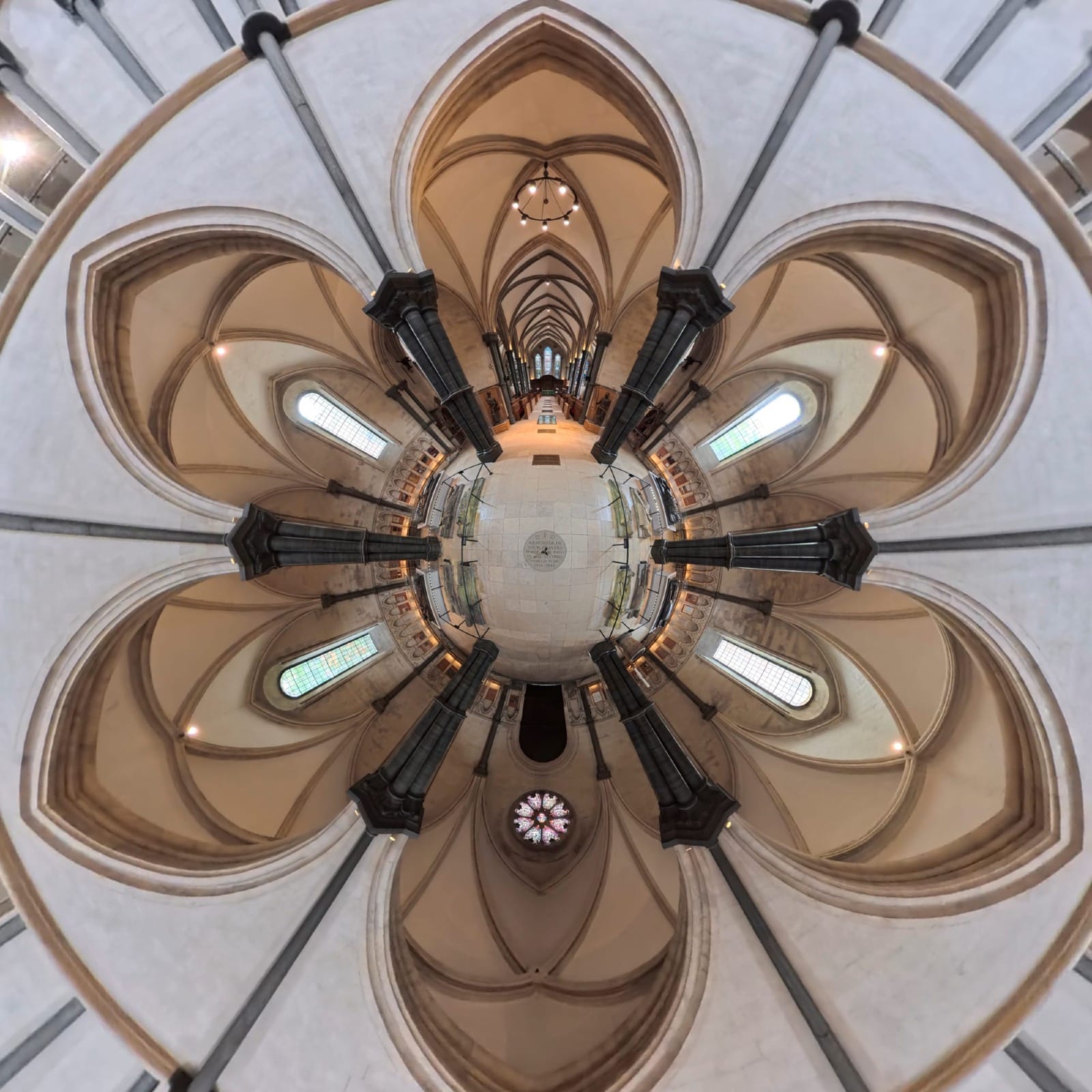
I’m garlanded by Purbeck and sandstone sentinels in the form of some of the most well-known effigies in the country. These stone figures have long captured the public imagination.
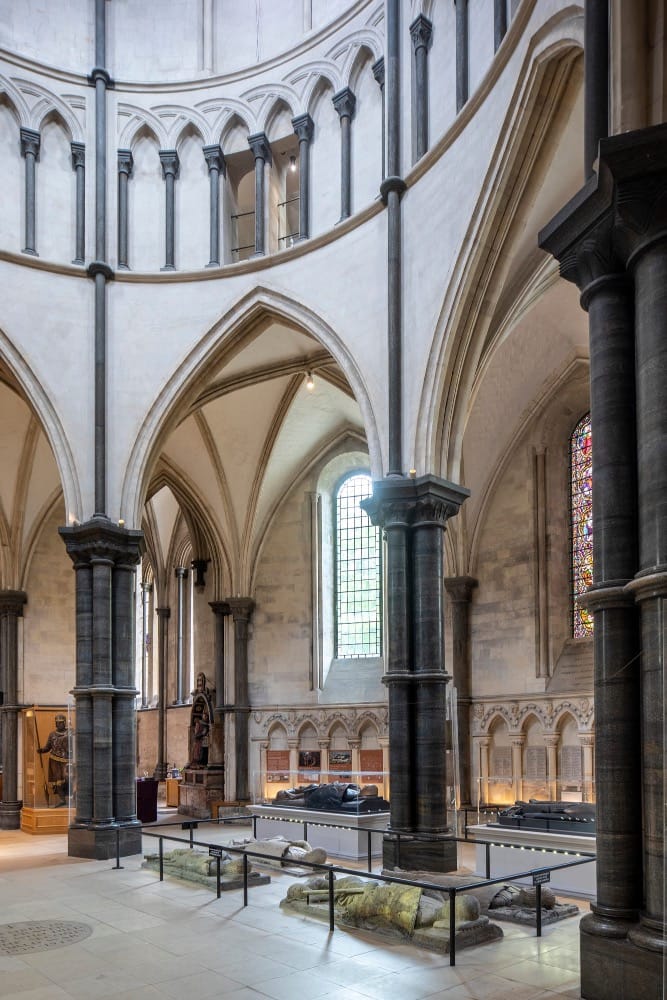
Though they are unlikely to be members of the original order, the book and film The Da Vinci Code helped to renew interest in them, depicting Langdon and Neveu circling the effigies in search of Templar secrets. The scene might blur reality, but it reflects a truth that I can sense here in the moment — that this space is charged with something beyond myth and memory, fact and fiction.
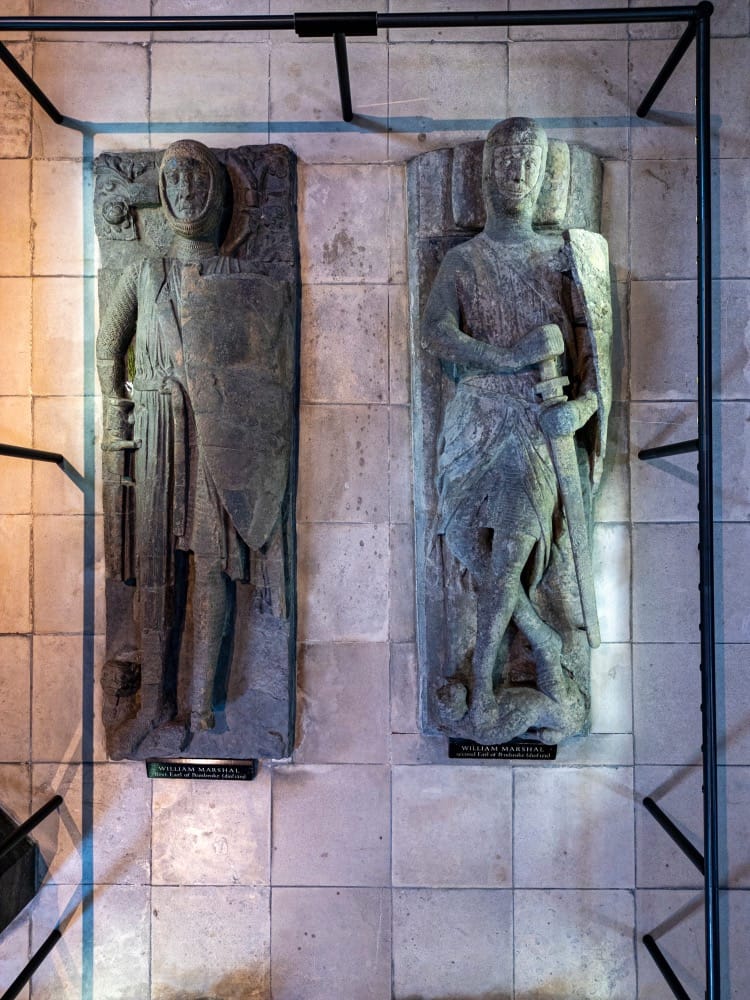
This is not a building defined solely by dates and dimensions. It’s a sensory place — spatial, sonic, interstellar — a unique signature that leads to a spirit that is hard to define. Here, the boundary between the material and the immaterial thins; the physical bends towards the felt sense. It is a building that reaches beyond architecture into the emotive.
I think of the cycles here — the turn of the seasons, the rituals of evensong, the concerts, the endless coming and going. How this place remains unchanged and yet changed: a place of worship, a base for Knights Templar, an archive, a book, a film set, a bomb-site, a Wren restoration, a Royal Peculiar.
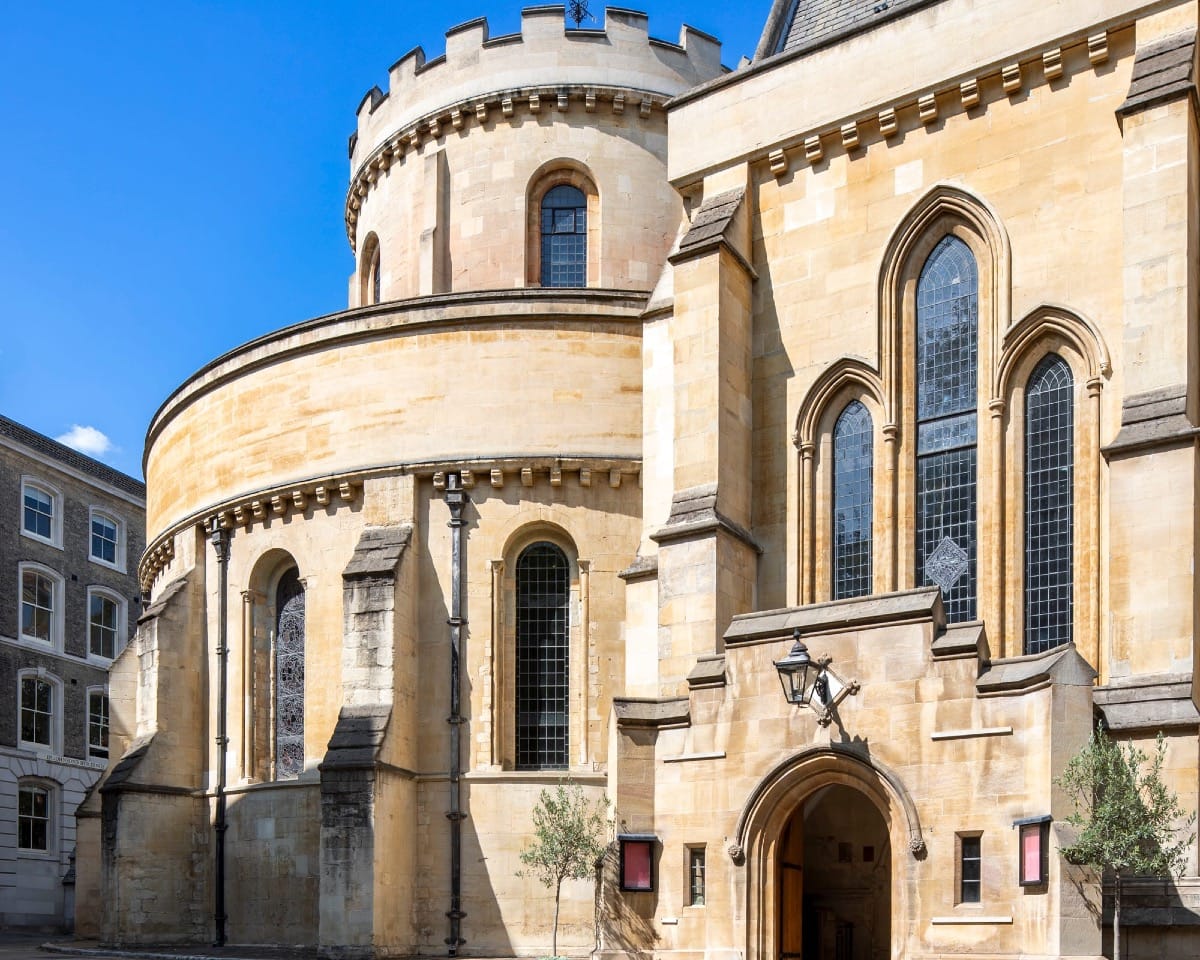
As I walk the circumference of the nave, I think of the Templars and their rhythm of daily life, and, as so often happens with walking, a pattern forms in my mind — a pattern that needs to be vocalised and purged with words. I whisper their Benedictine offices softly to fit in with my cadence: Matins. Prime. Mass. Terce. Sext. When I complete the full circle of the nave, I reach Vespers and turn towards the chancel.
There, set high on the north side, is the organ case — its pipes poised in silence. And I realise I’m not just at the heart of geometry, form and light, but also at the auditory fulcrum of the building — the point where sound, space, time and place converge.
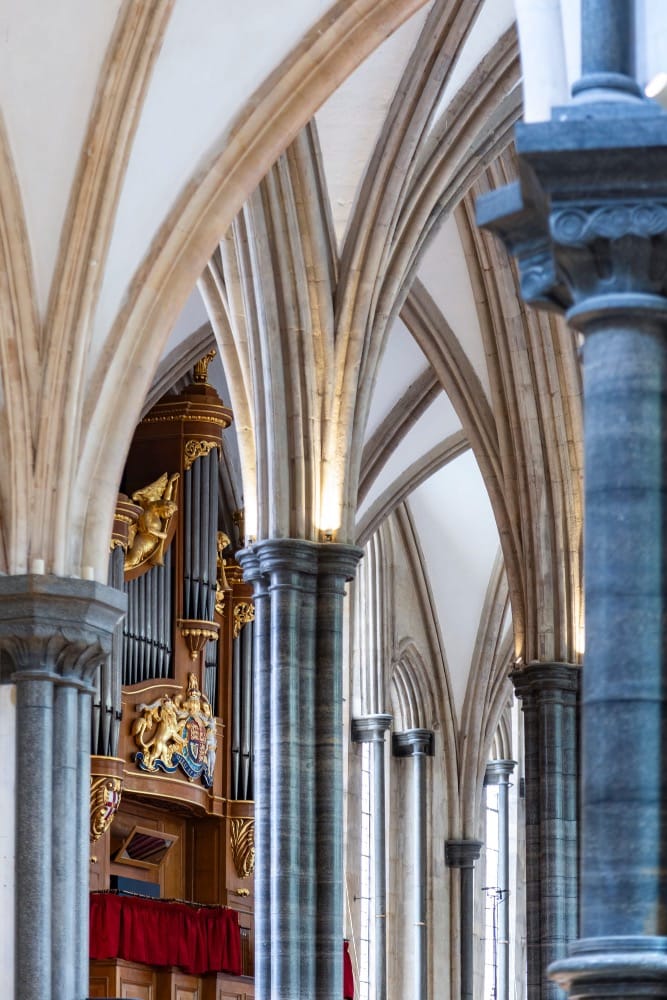
Later, I climb into the organ chamber — a warren of small partitioned rooms — to photograph the pipes: from the most delicate, reed-like conduits, no wider than a quill, to towering, chimney-like giants — industrial in presence, black as Brunel’s top hat.
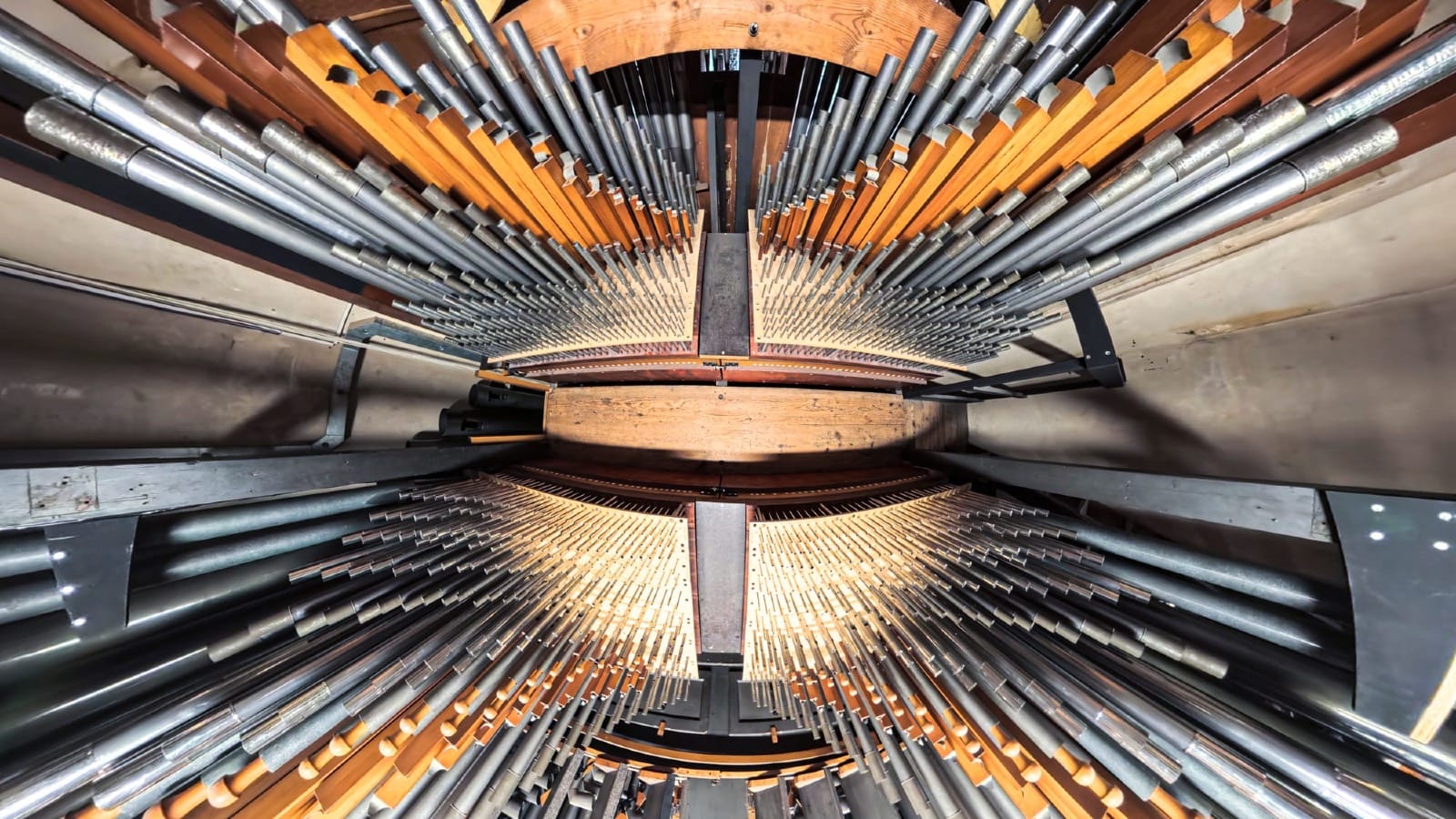
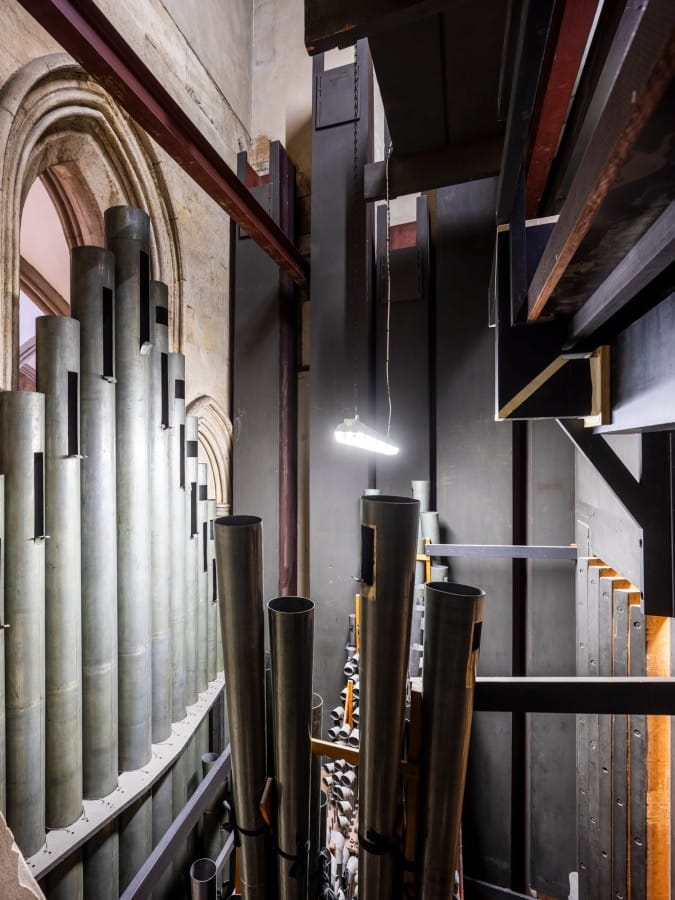
The variety is astonishing, a world within a world: a fusion of micro and macro, precision and power.
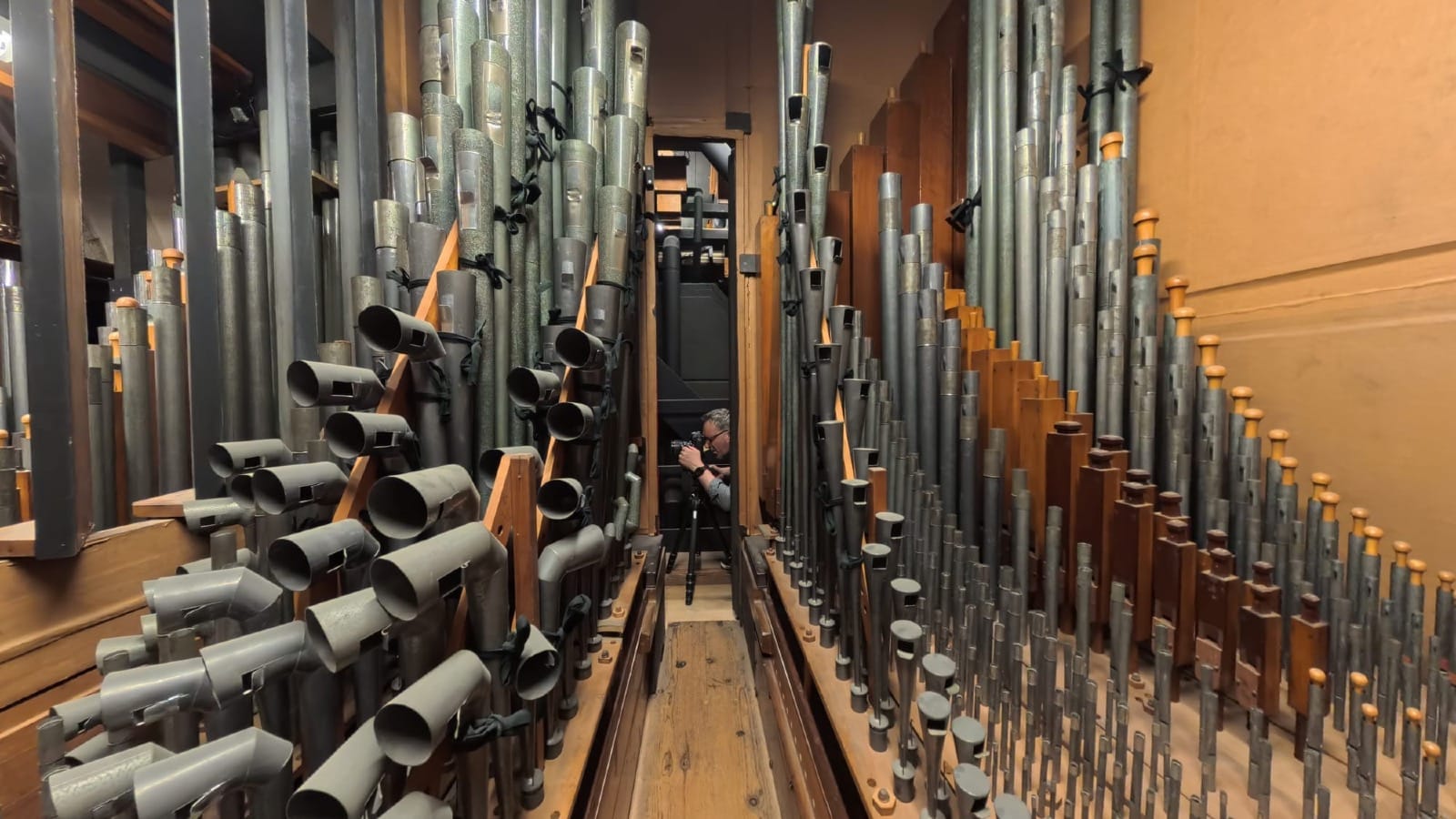
I think of the complexity of this instrument, its capacity to both whisper and roar, and I imagine its sound filling the church — its timbre enriched by the geometry that enfolds it. The most enduring music lies between the tangible and the intangible, both heard and felt.
And in that moment, I sense how everything here — the solid and the sonorous — marries like the movement of a single composition. When sound rises here, it does more than fill the air — it stirs the fabric of the place itself. The building becomes less a structure than a living instrument, shaped by centuries of presence and tuned by the passage of time.
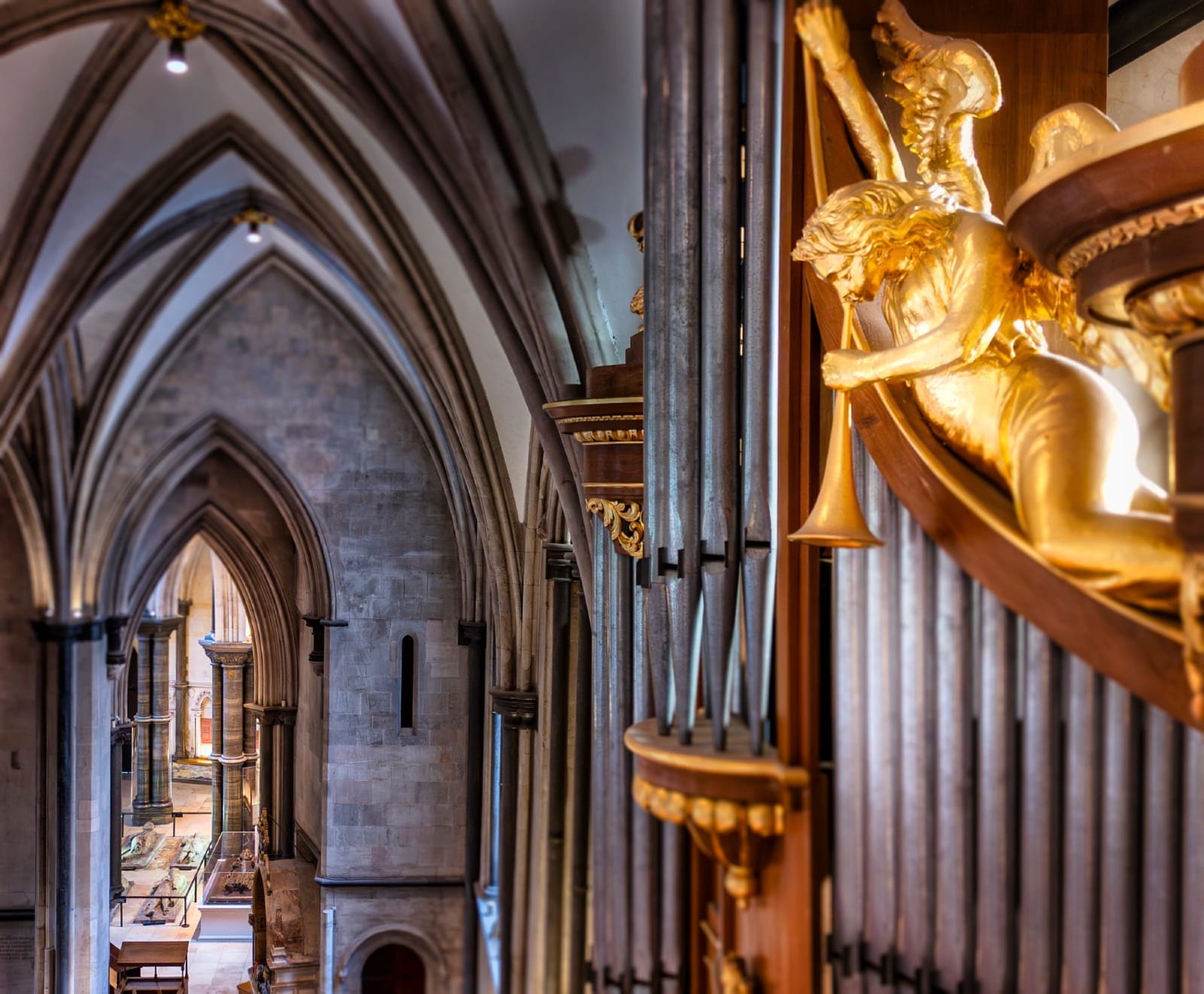
✨ Please share the Digest, if you can - it really does help. Thank you. ✨
✨ Does the Genius Loci Digest light up your Friday?
Can you help it shine a little brighter through the darker months ahead?
There are lots of ways you can support the Genius Loci Digest:
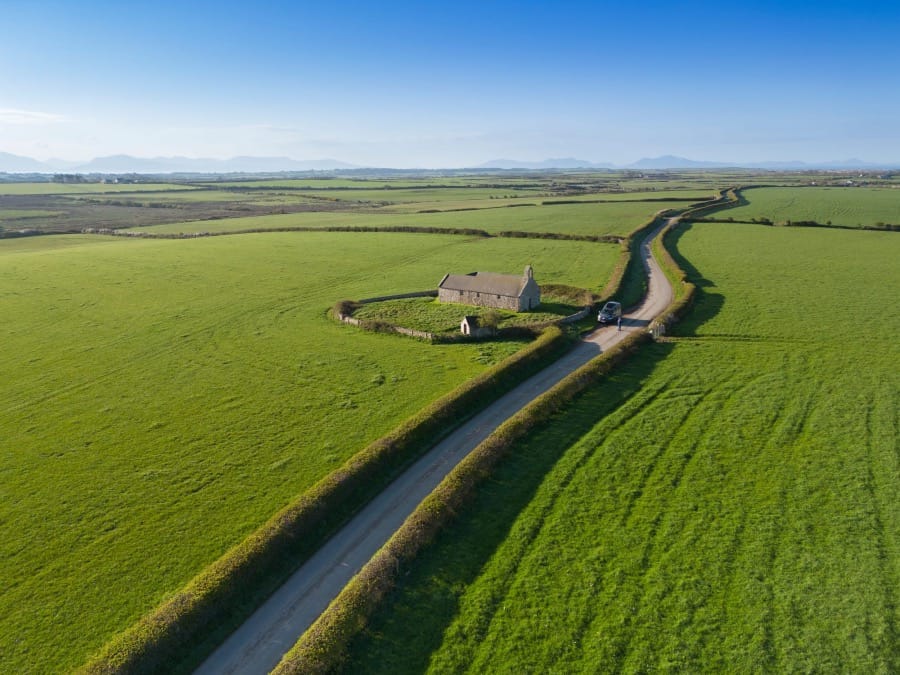
Can you help support me and keep Woody on the road?
Monthly Membership Helps Member Powered Photography.
Support The Digest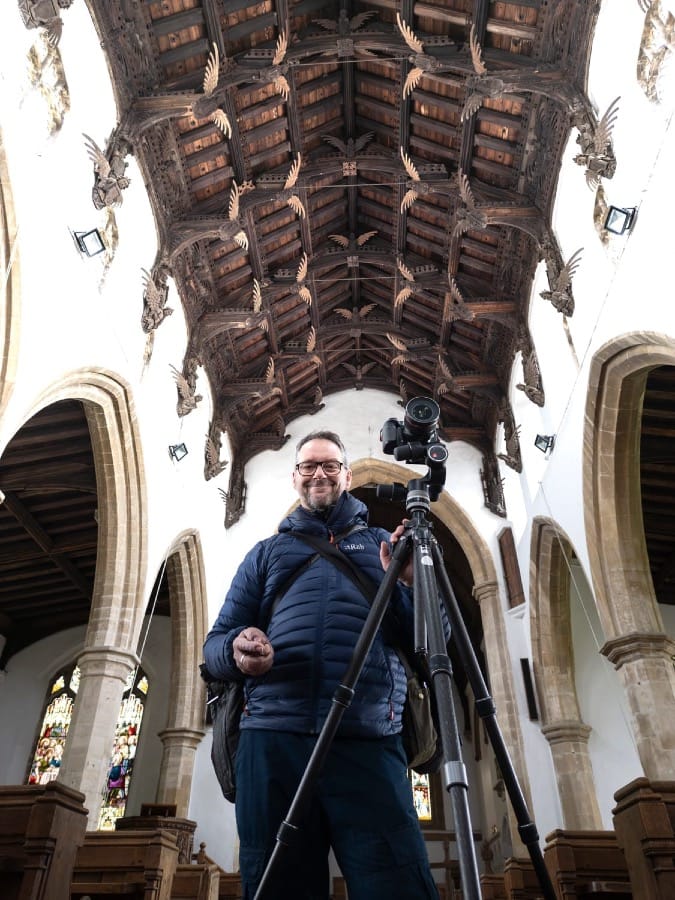
The Temple Church Organ
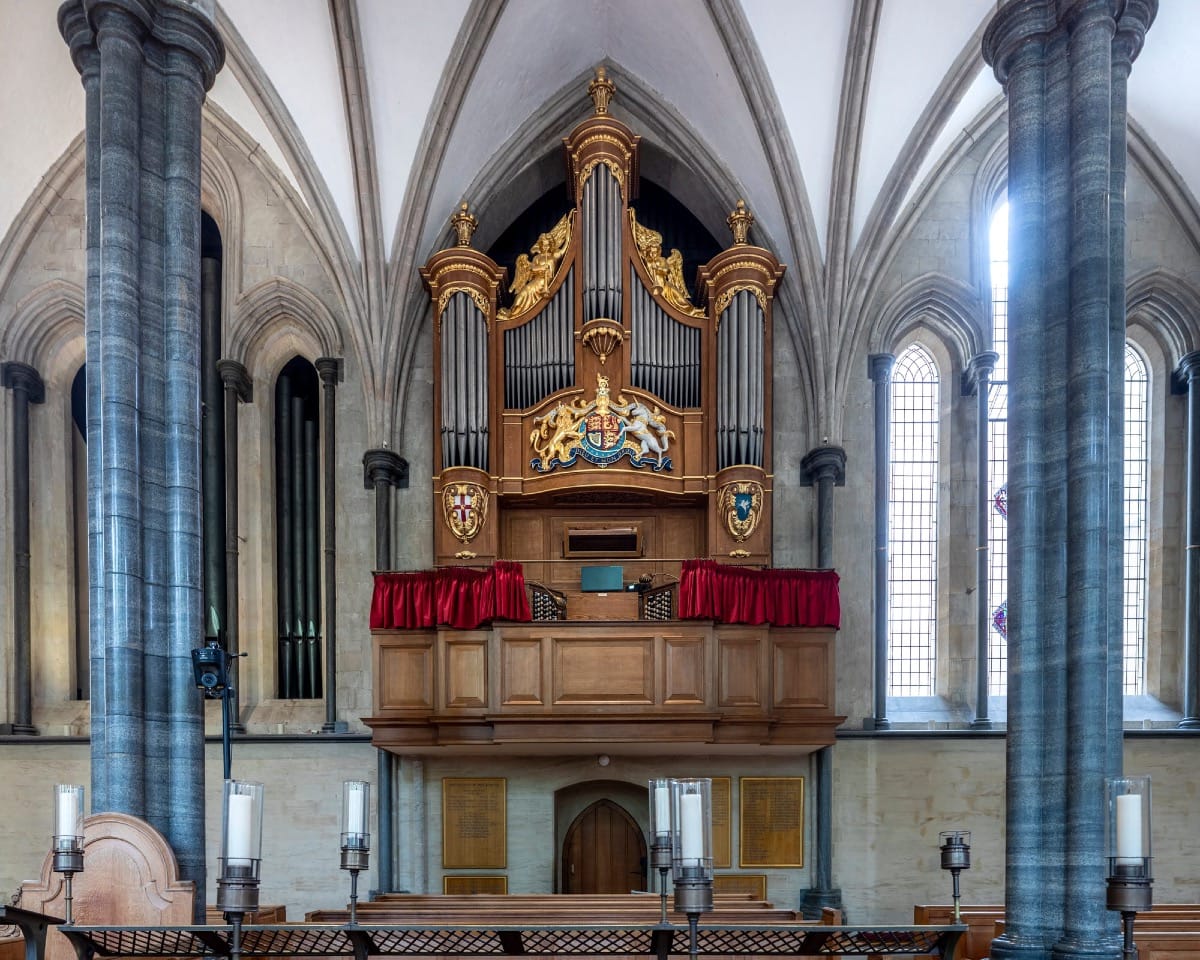
The Temple Church Harrison & Harrison Organ is 100 years old and its sound resonates far beyond the walls of this building - it was specially selected by Hans Zimmer to be used for the Interstellar movie score.

To mark the organ’s 100th birthday, a CD has been produced featuring some of my photographs from a day spent at Temple Church.
Professor Charles Andrews launches his debut solo album - marking 100 years of the church's fine Harrison & Harrison organ. The programme features music by the greatest organist-composer in Temple Church’s history, Sir George Thalben-Ball, and composers from his Royal College of Music circle, illuminating a creative link between the church and the conservatoire which endures to this day.
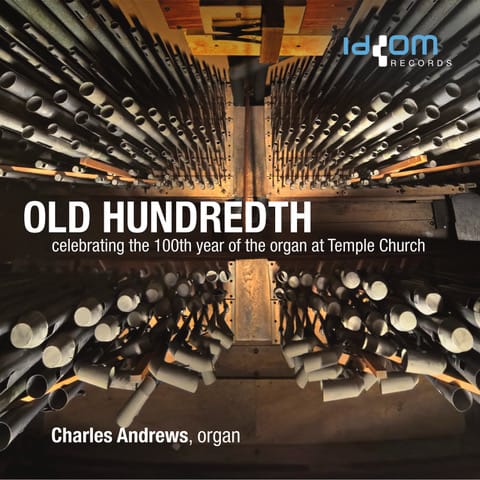
You can find out more about Temple Church, its organ and music events here:
To be able to access the organ chamber (chamber is an understatement) was a real privilege - and Temple Church have kindly allowed me to share some of the photographs with Digest subscribers and Members.
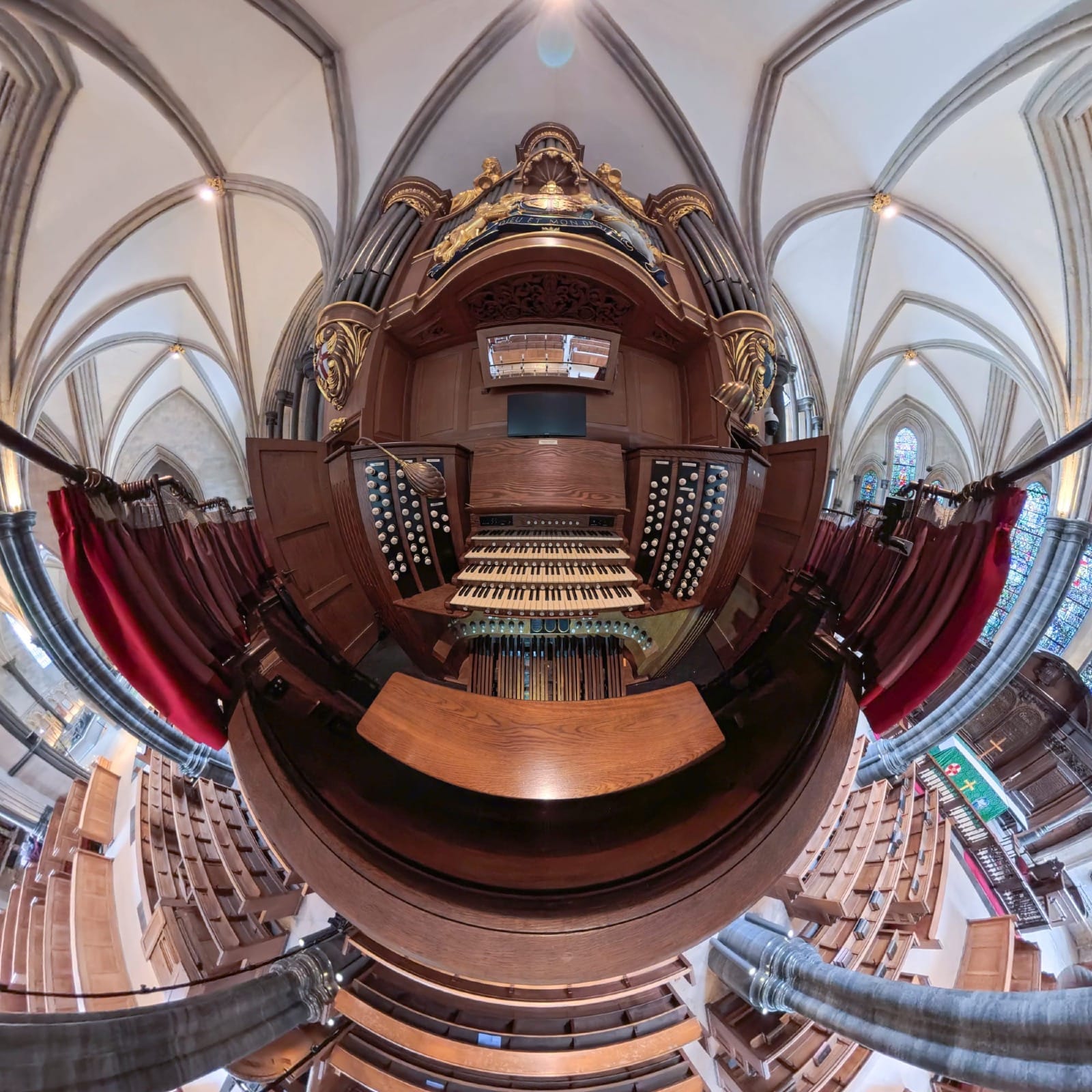
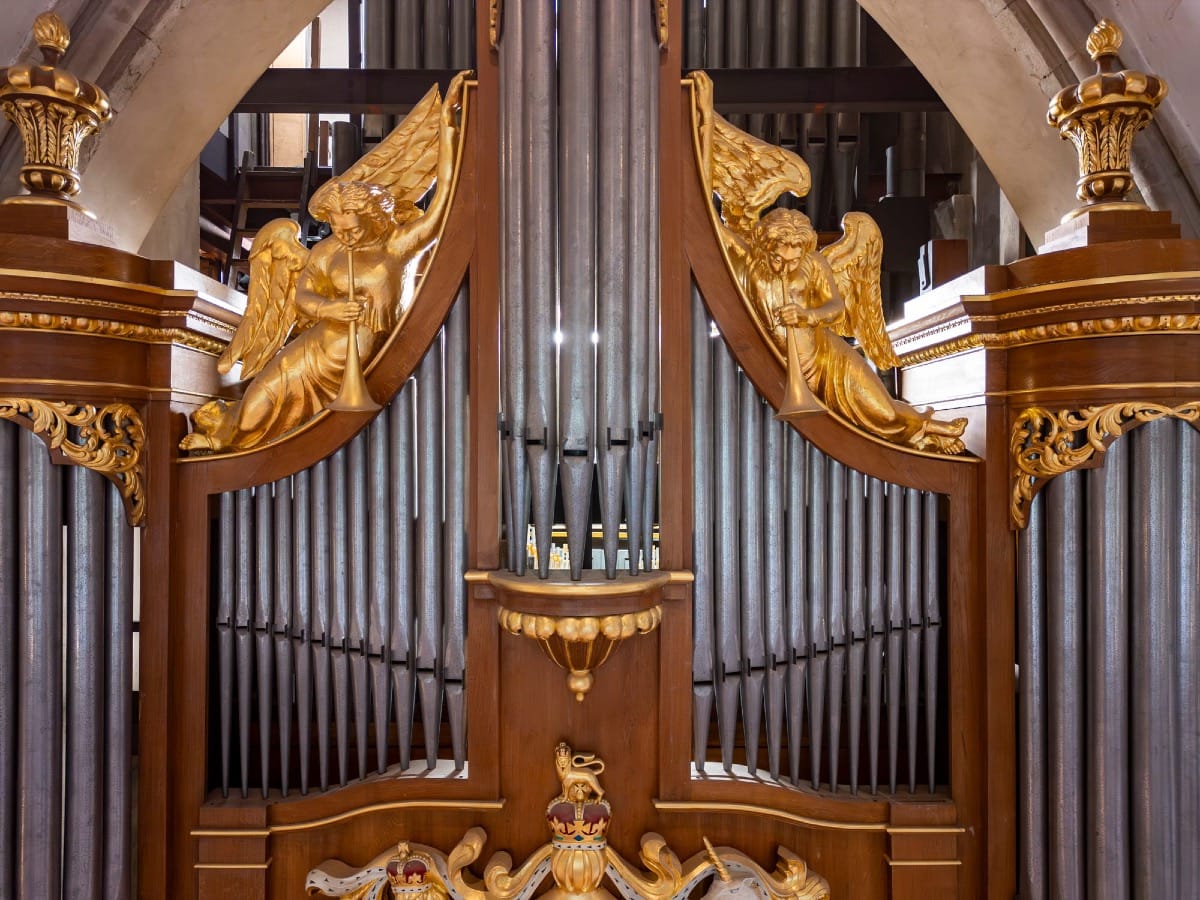
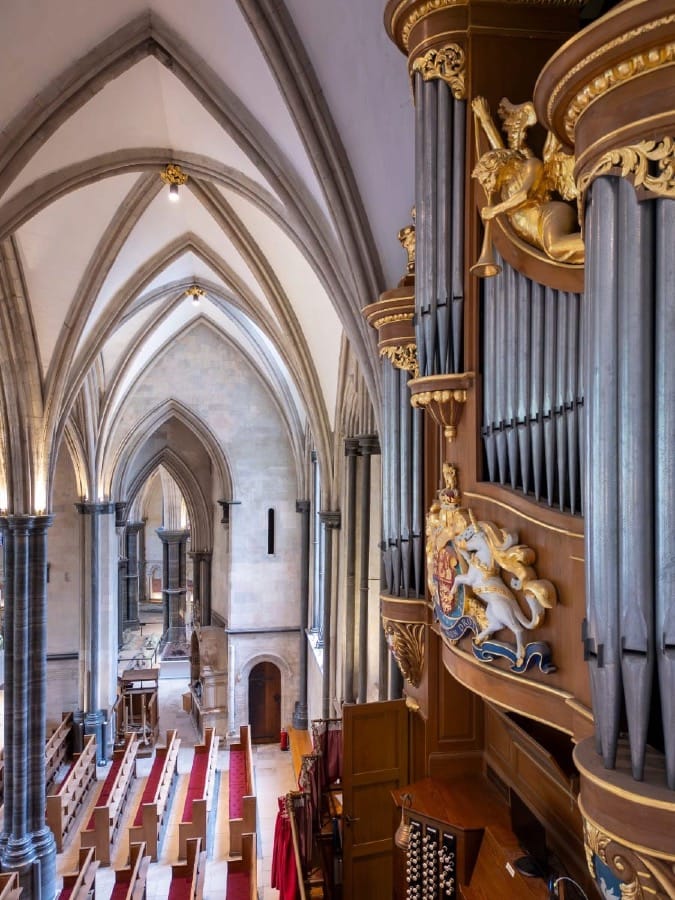
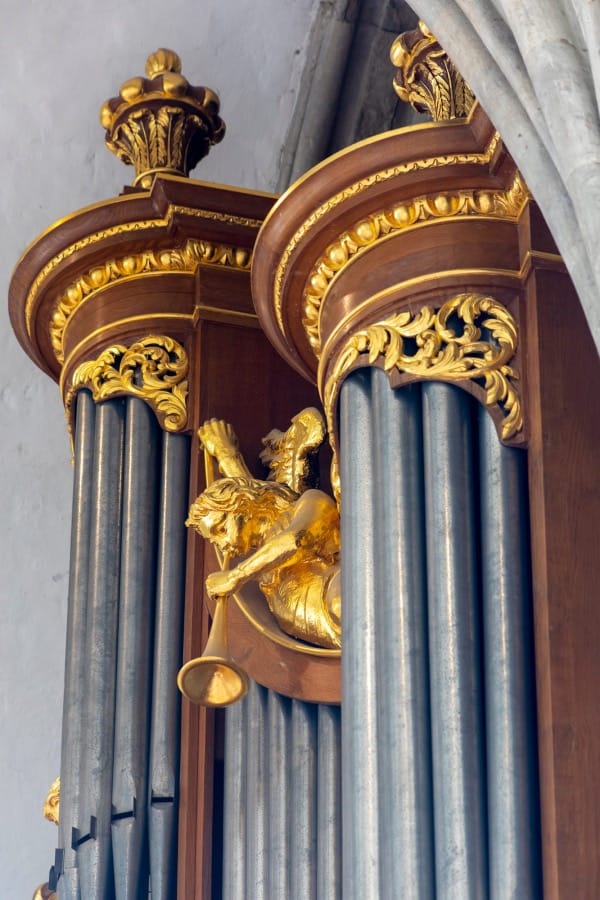
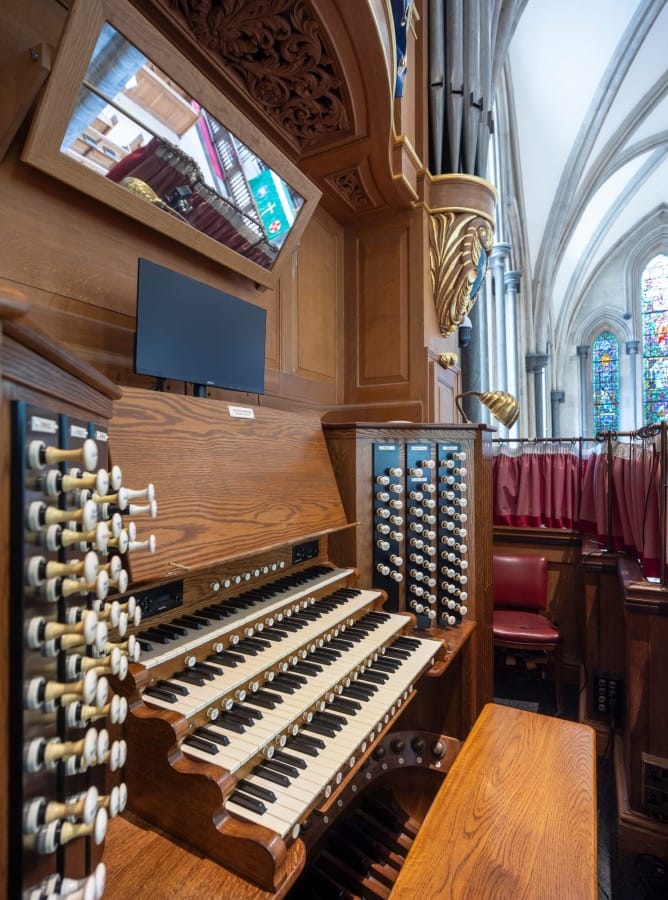
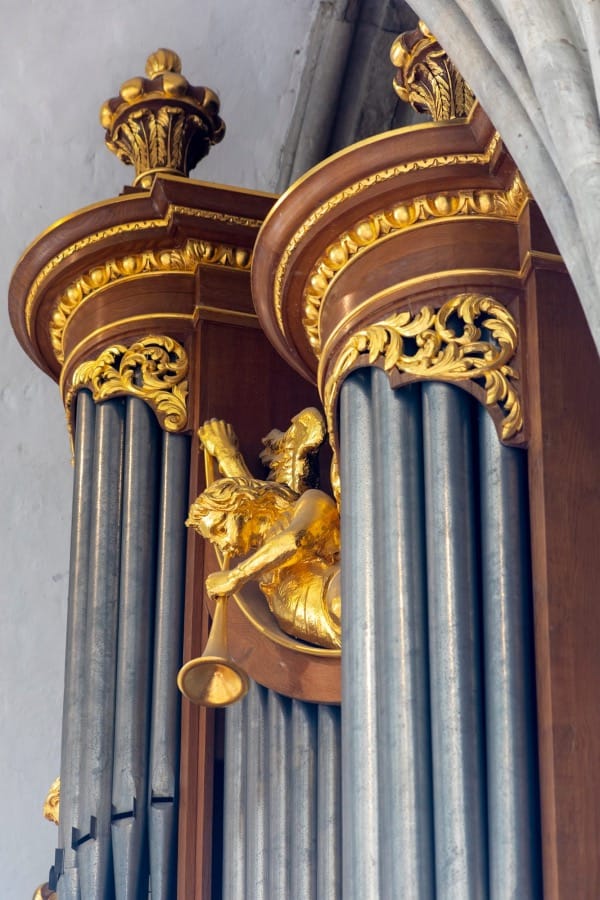
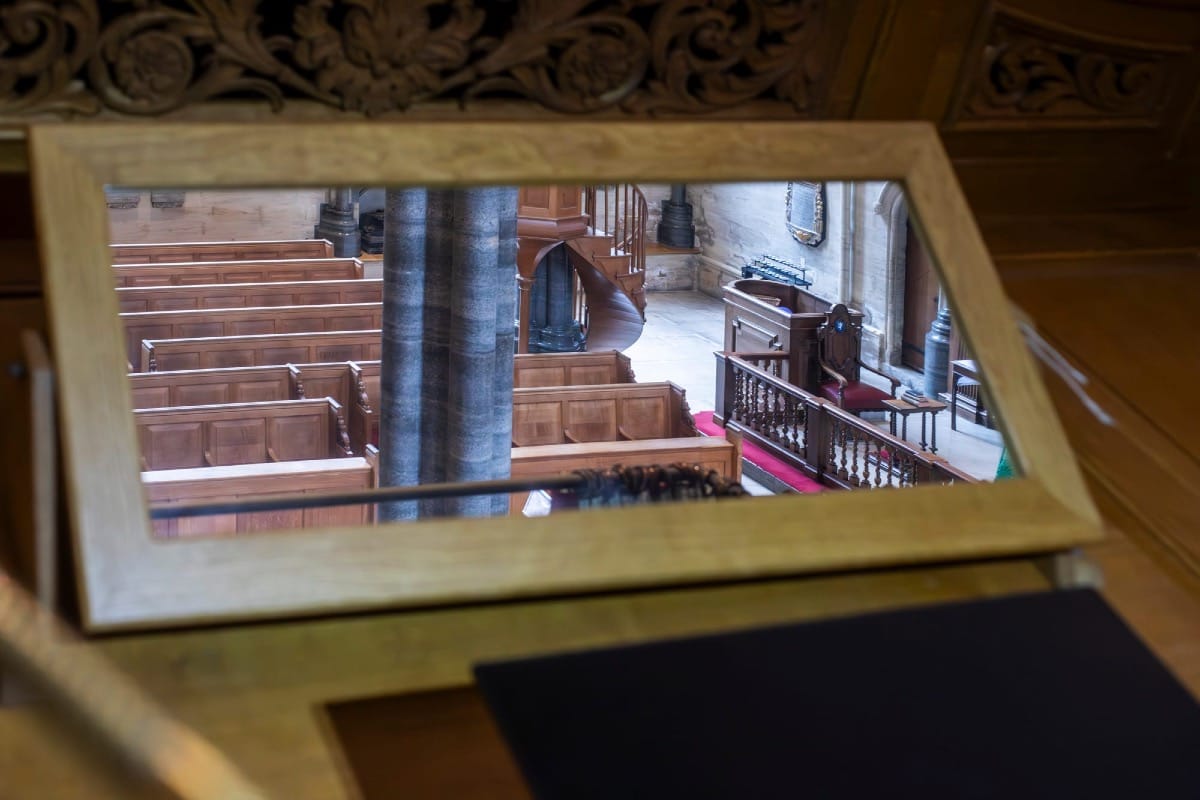
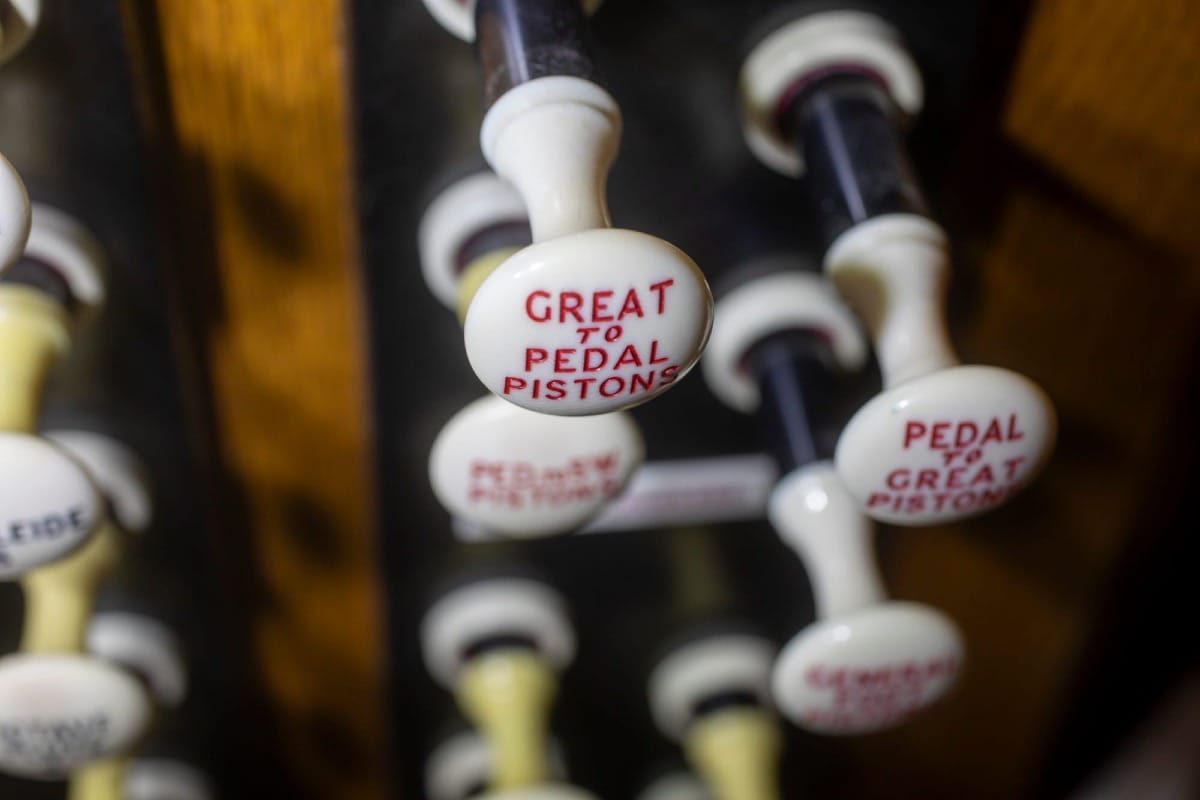
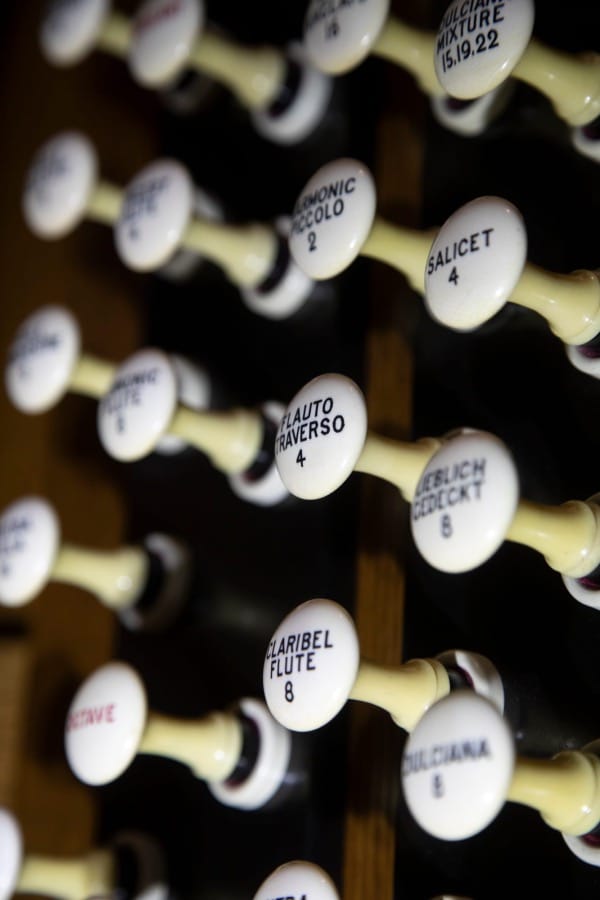
It takes a little time to get your head around the power and range of this instrument - it is quite remarkable - and to experience it live within the bounds of Temple Church - is a awe inspiring.
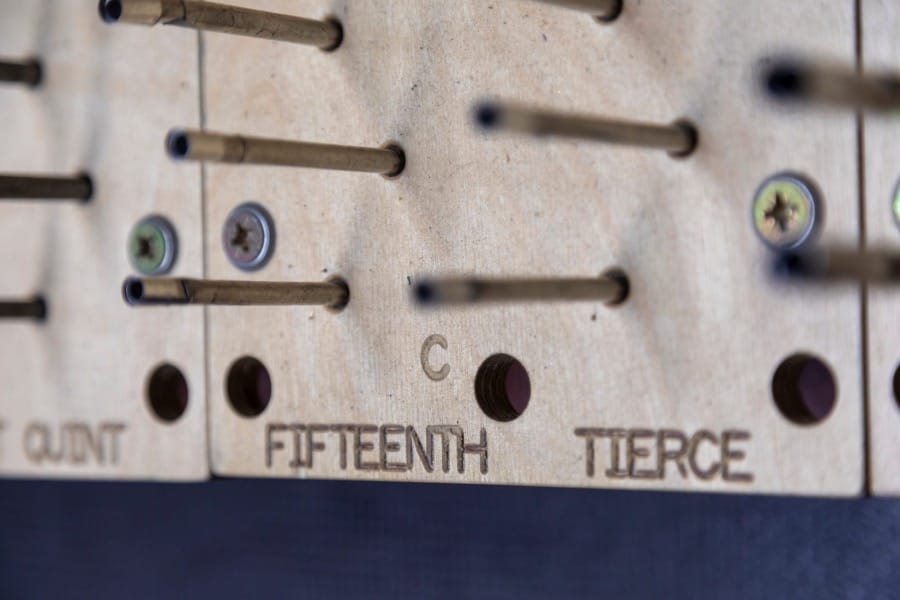
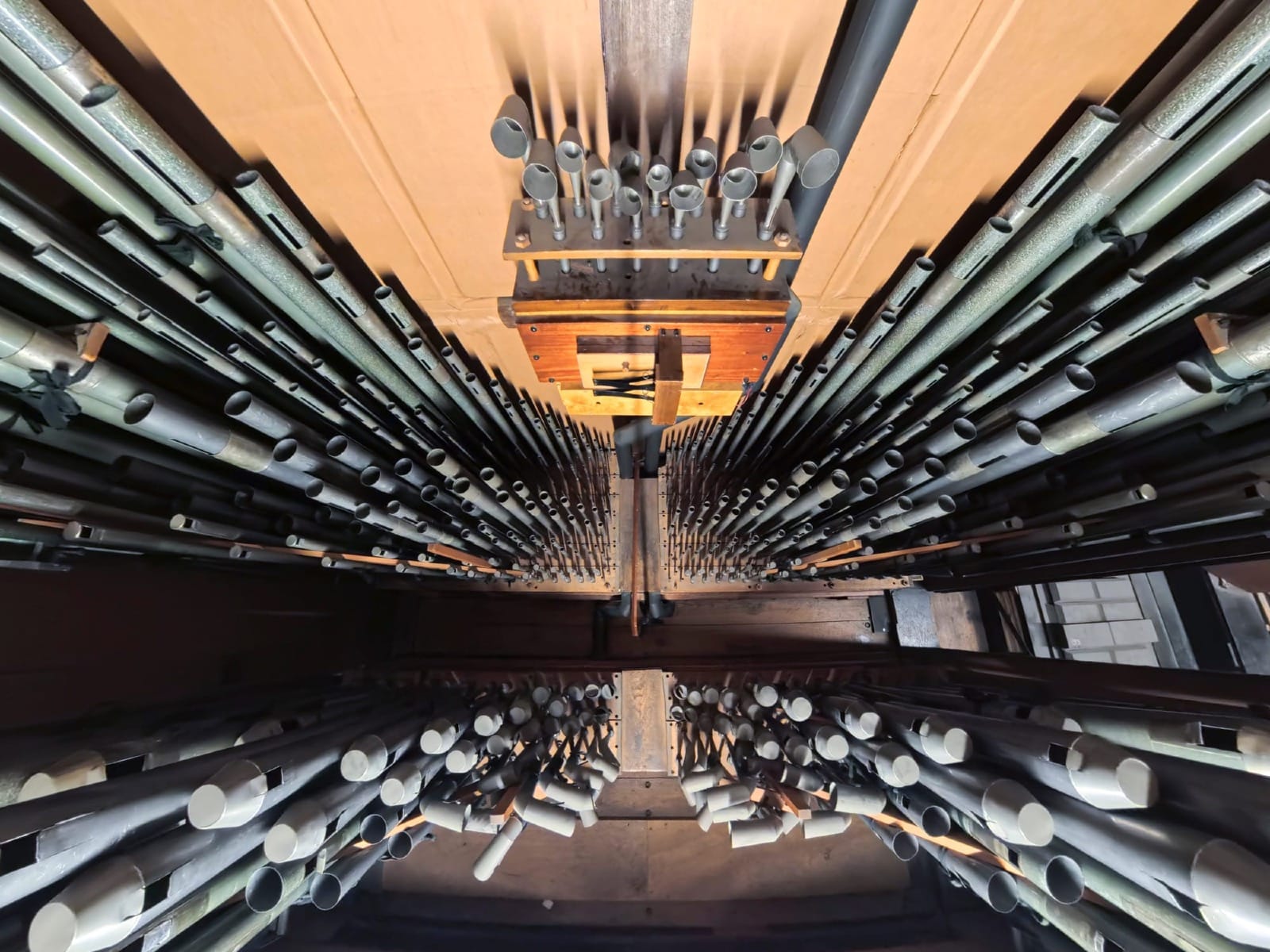
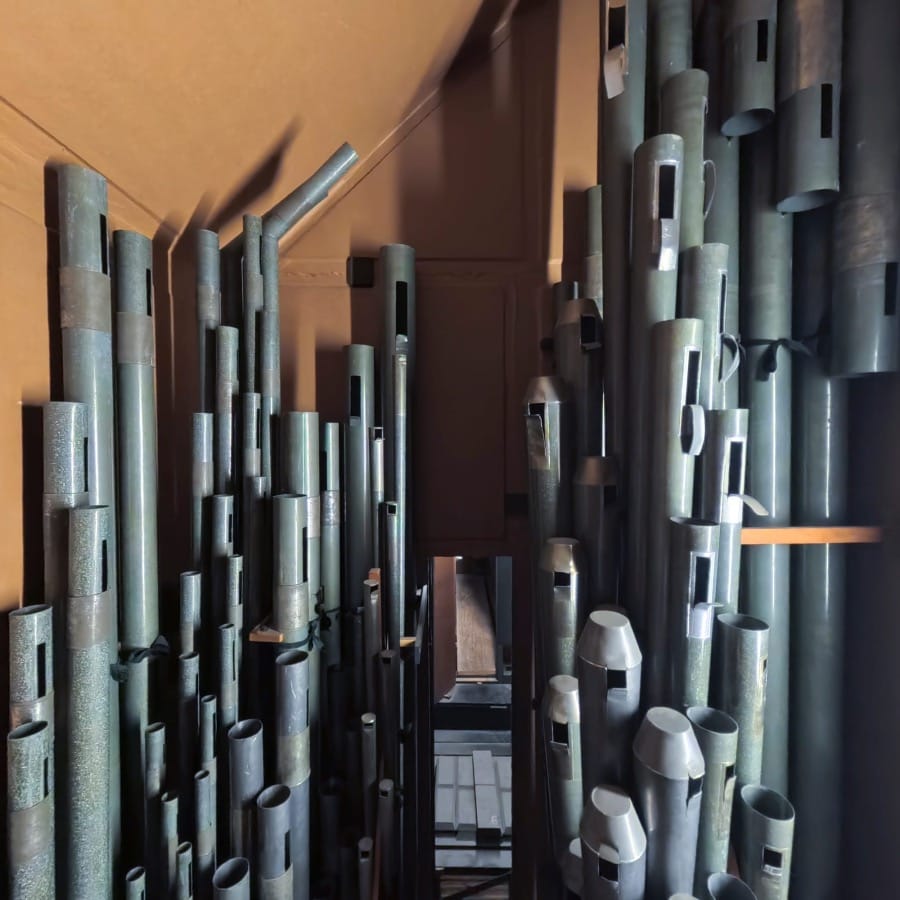
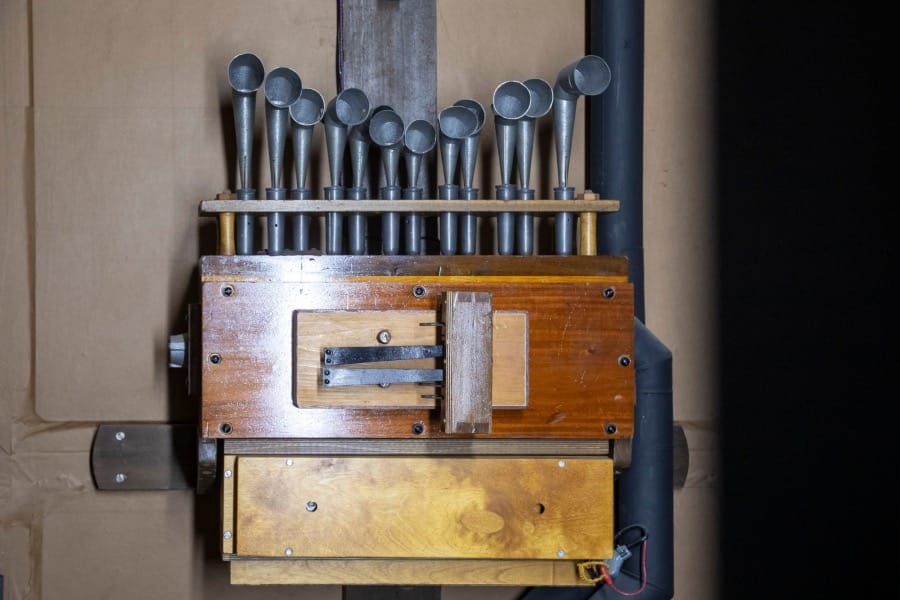
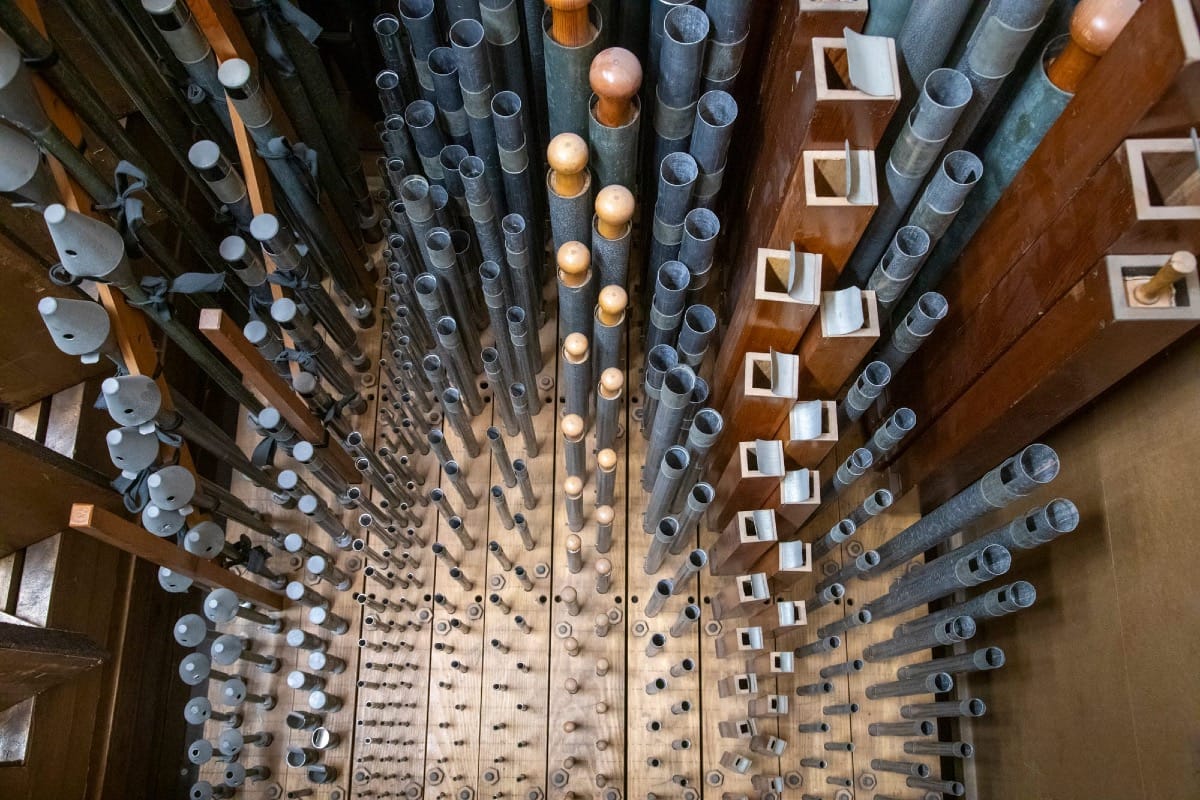
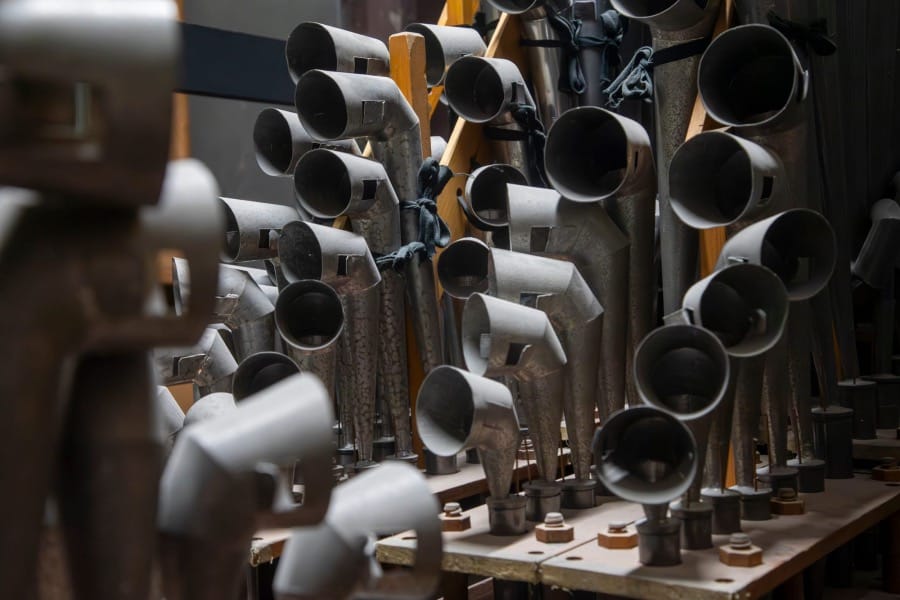
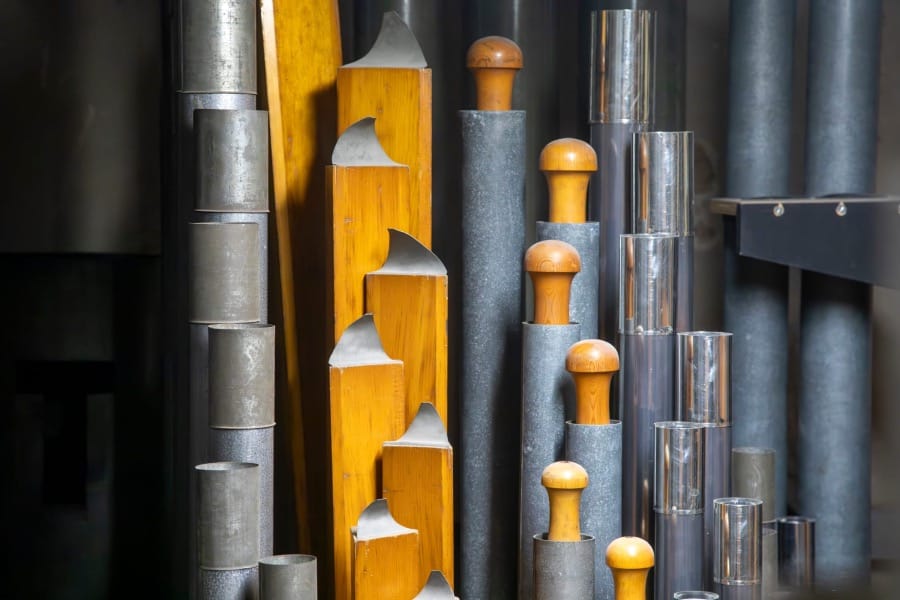
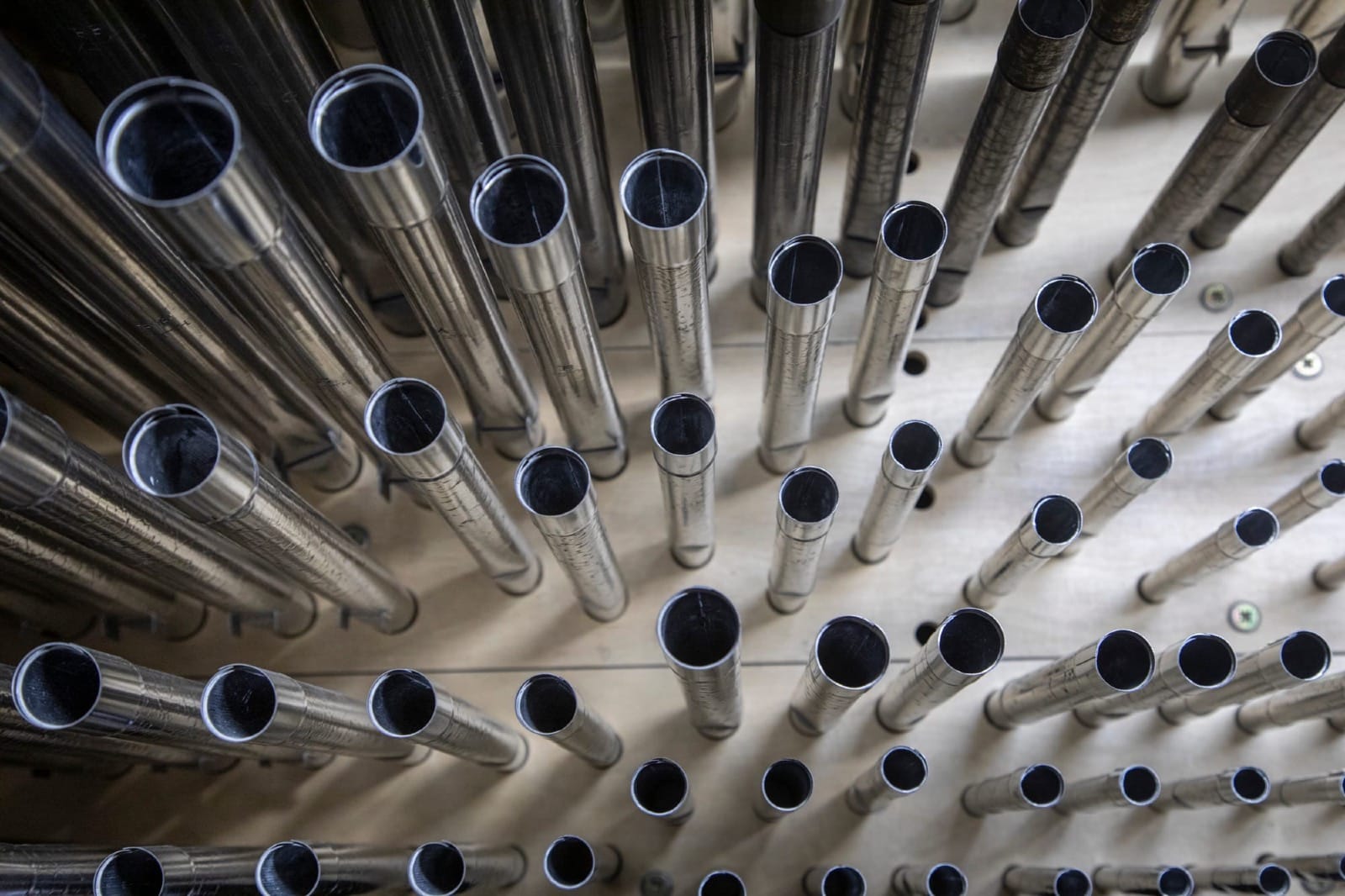
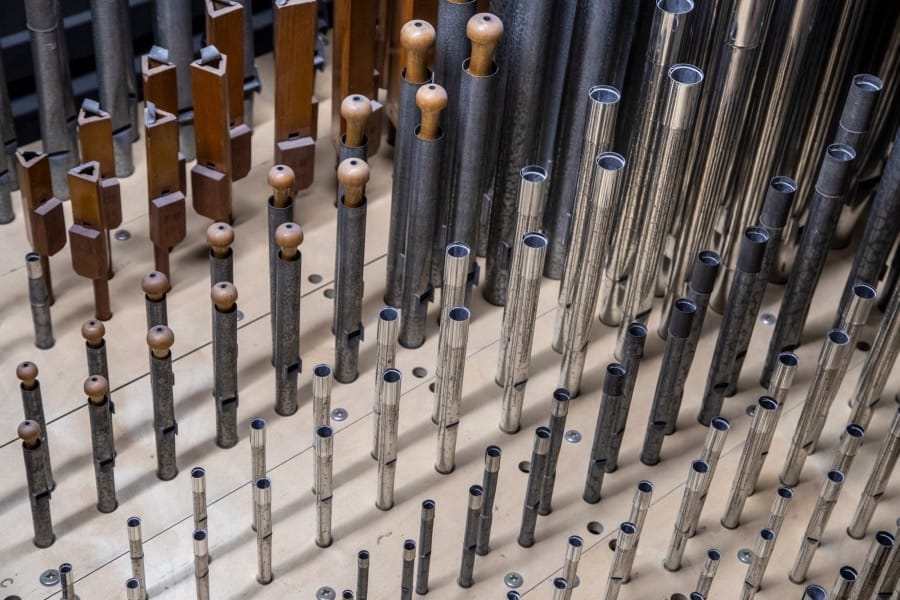
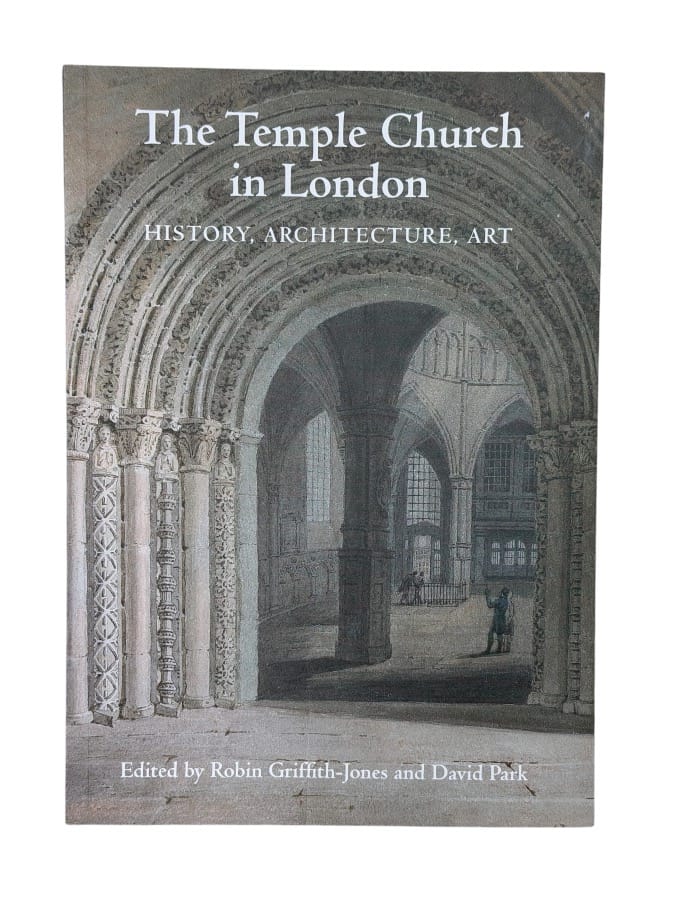
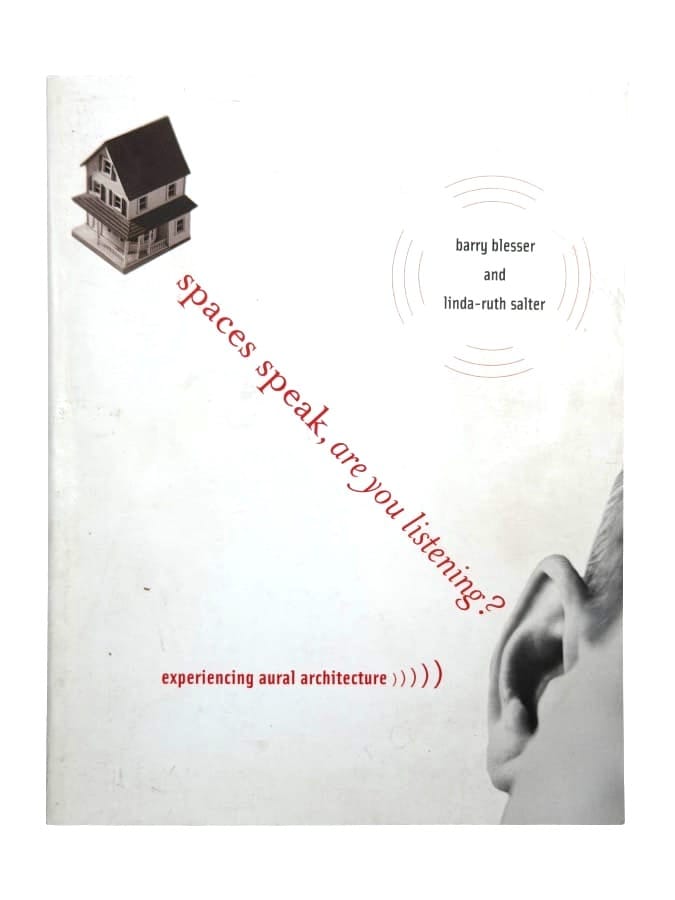
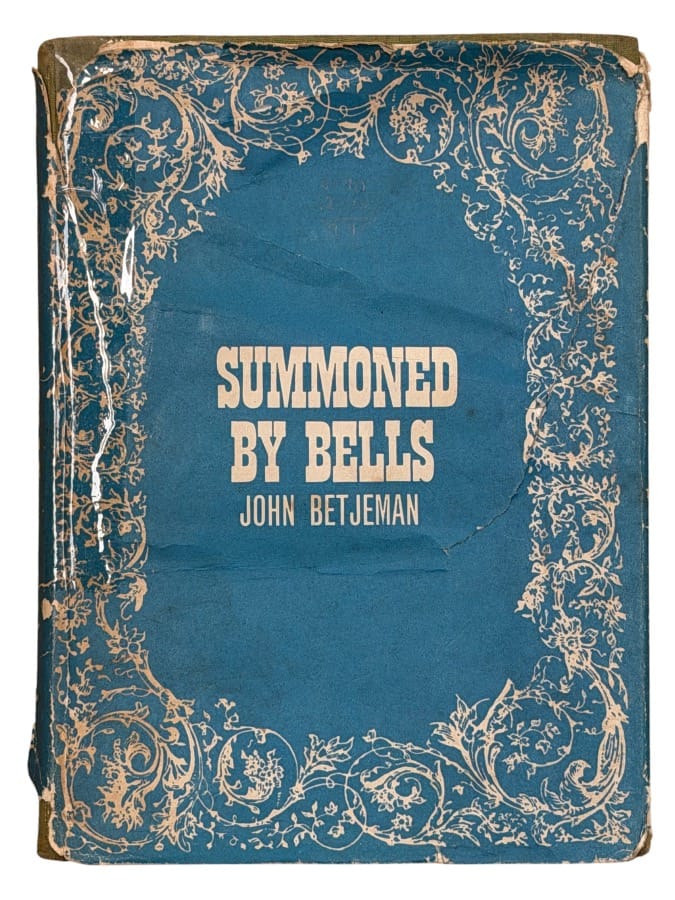
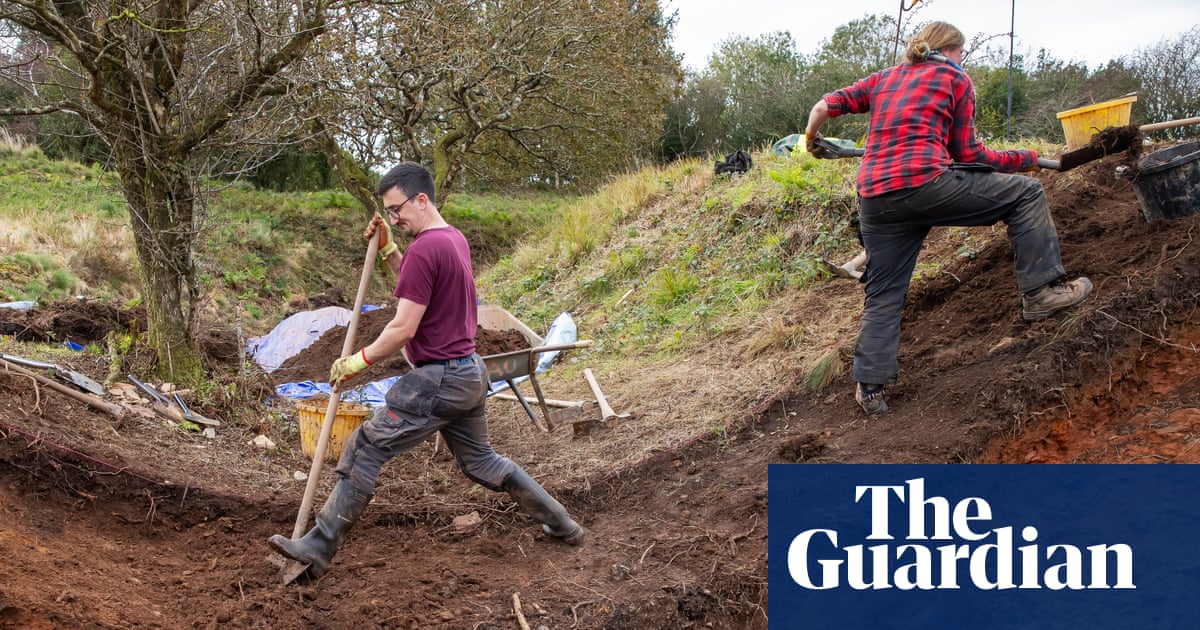
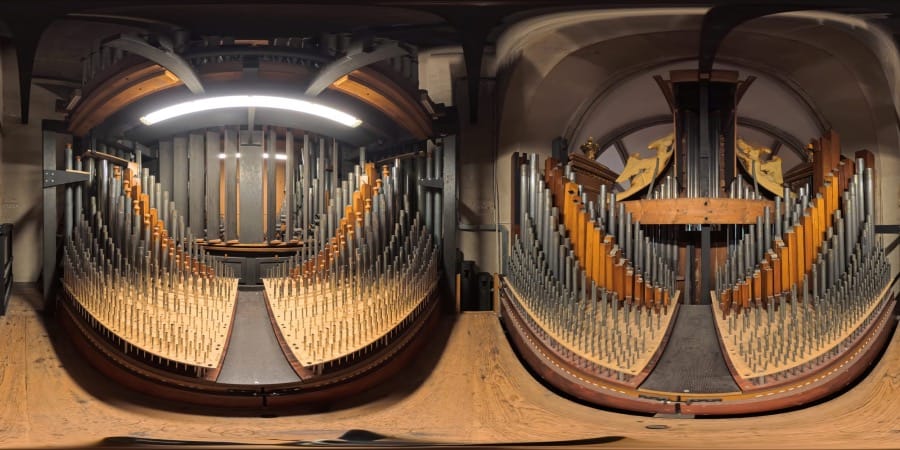
For Members - Two VR's taken inside the organ casing at Temple Church
A breathtaking array of pipes of every size
Click to View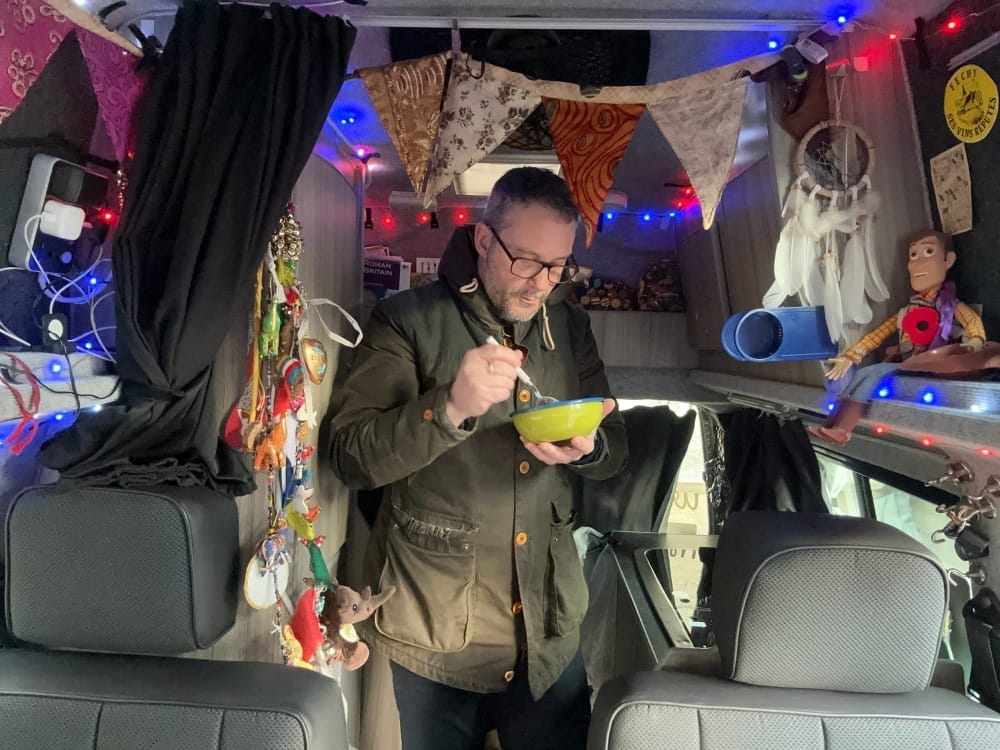
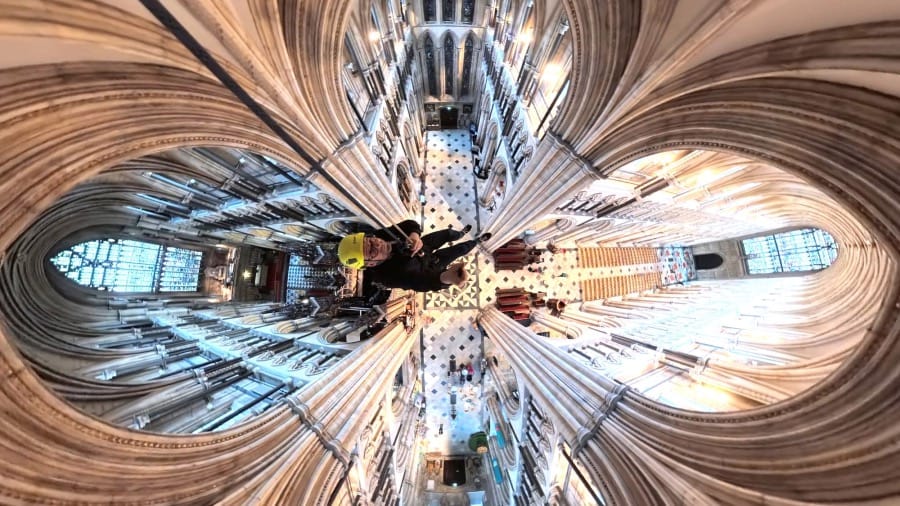
Make a Donation
Make a DonationKind words from a subscriber:
Andy your work is becoming wonderful, remarkable. A so-called breakdown has been milled into its constituent parts, becoming profound construction: through perception, architecture, the lens and the pen. In your Repton crypt essay a deep description of our social anxiety - and our reason to be....
Recent Digest Sponsors:
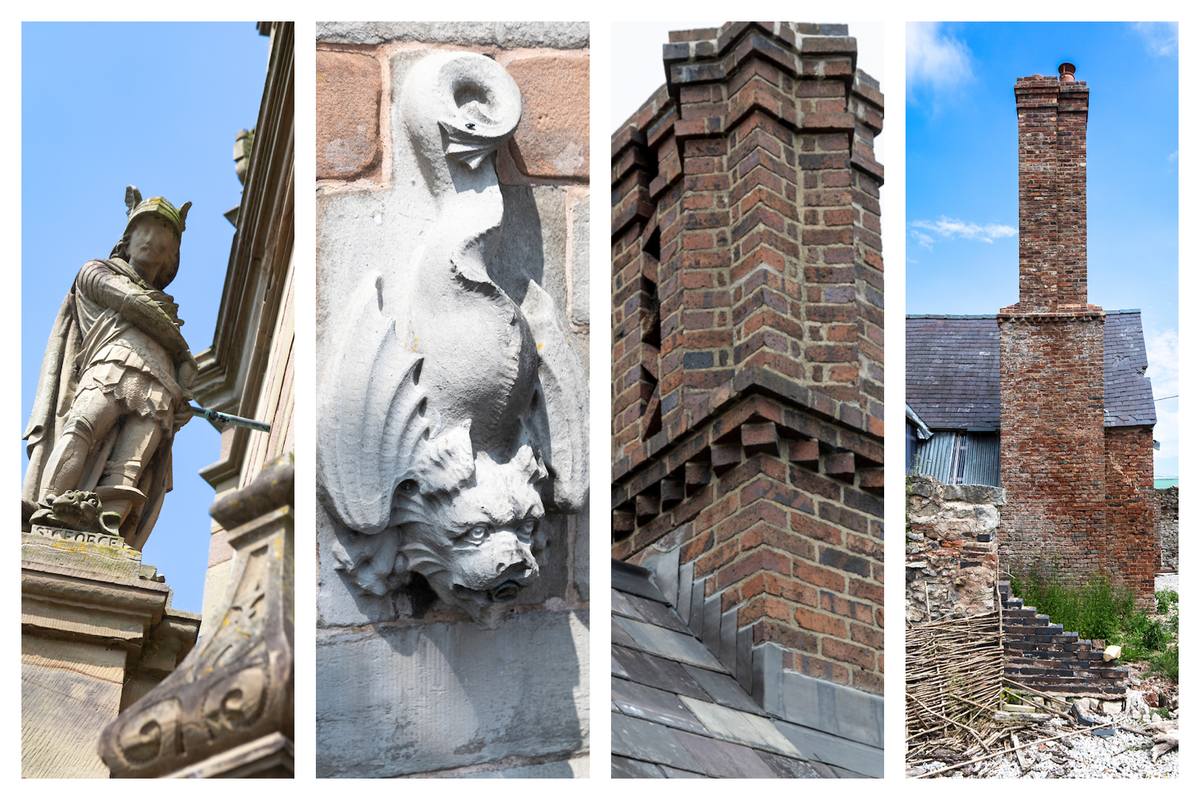
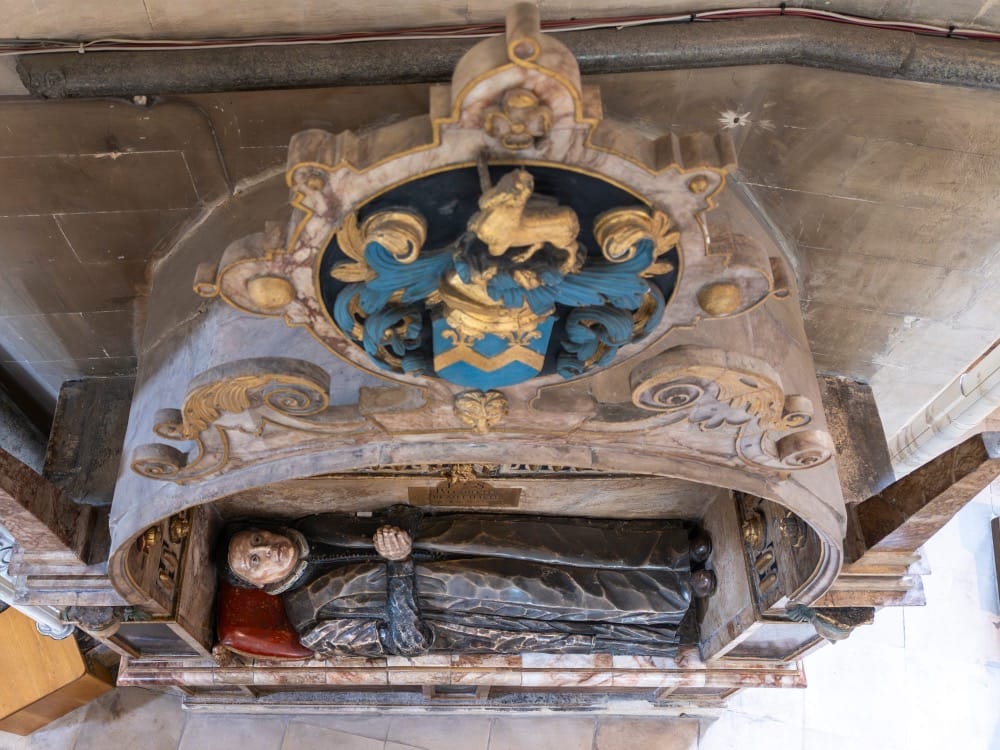
Next Week: Temple Church - Part Two
The building, its story, its living presence.
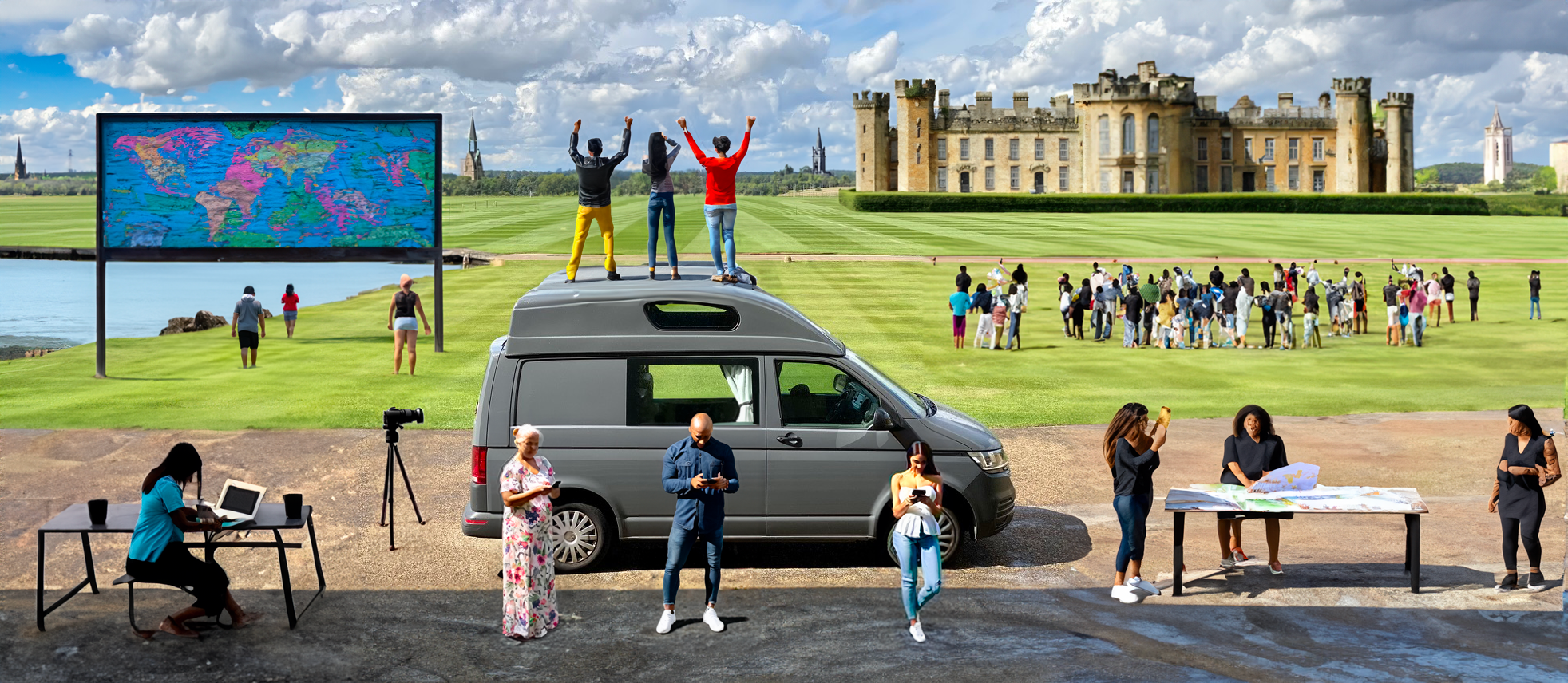
Thank You!
Photographs and words by Andy Marshall (unless otherwise stated). Most photographs are taken with Iphone 16 Pro and DJI Mini 3 Pro.
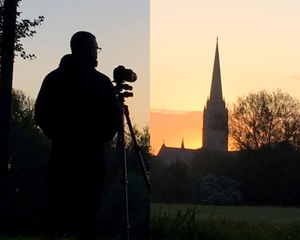
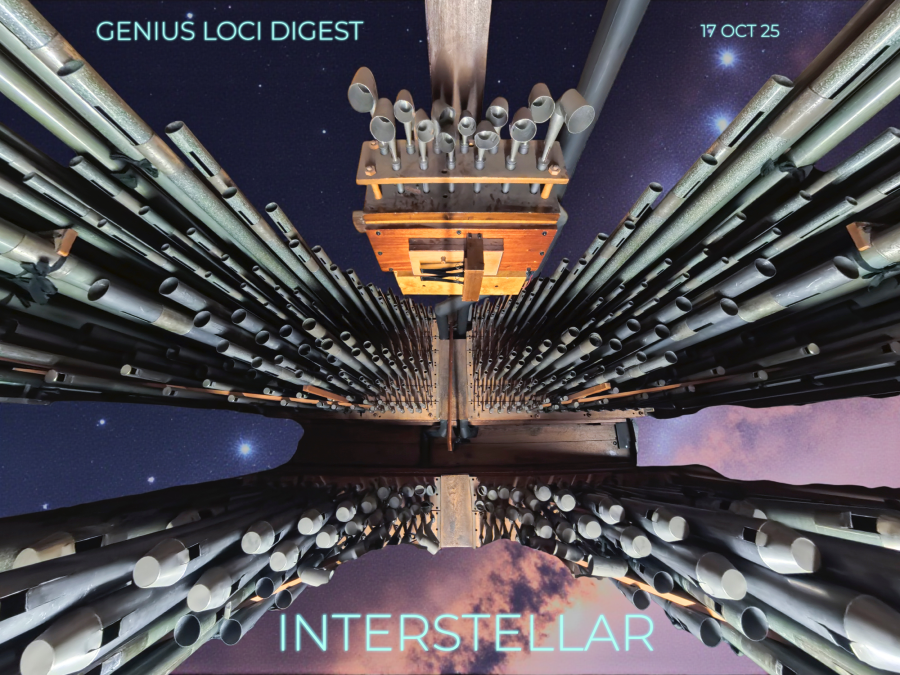
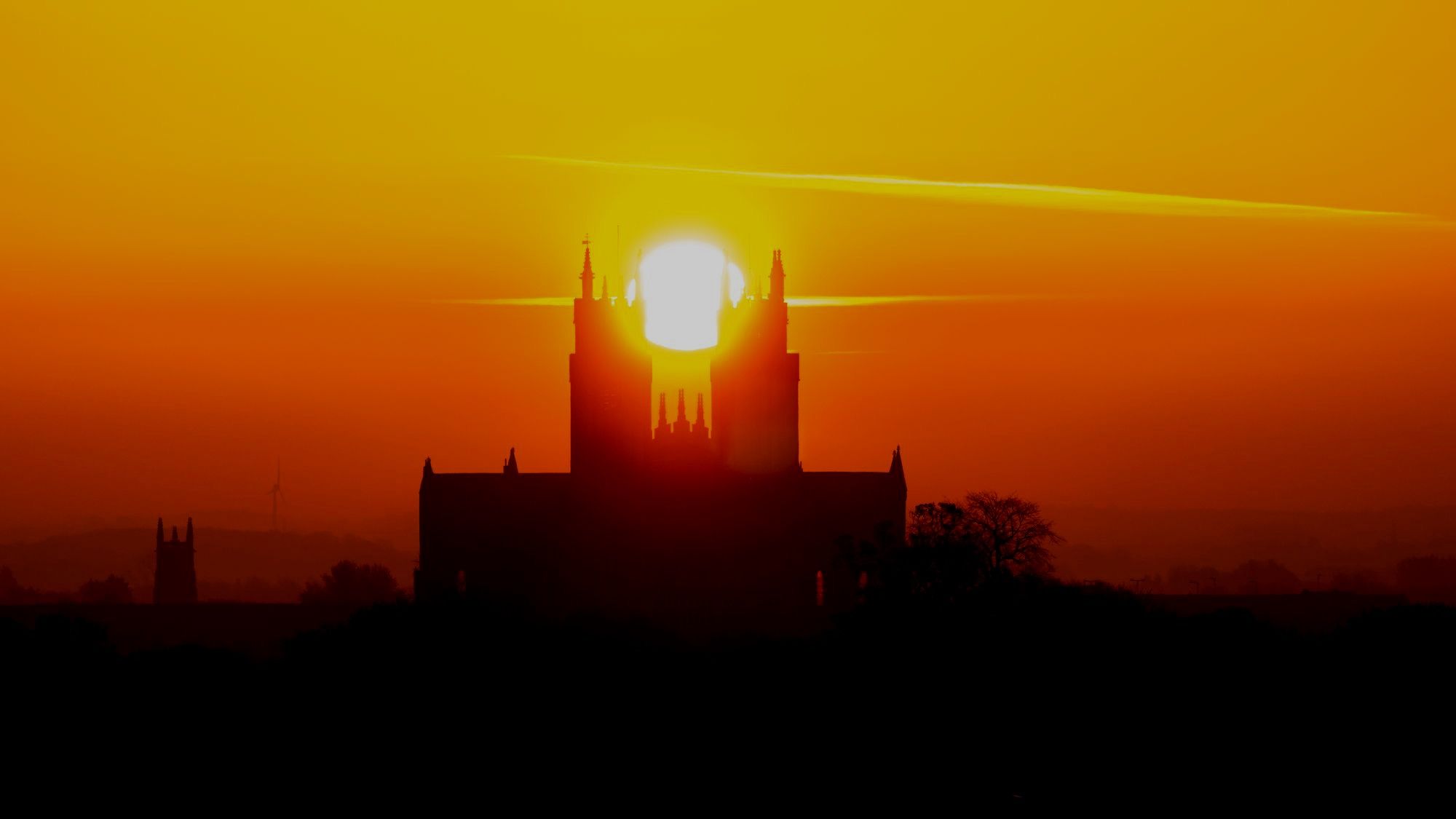


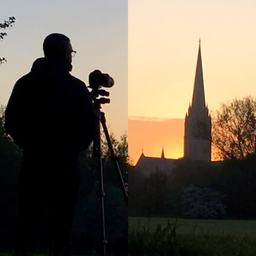
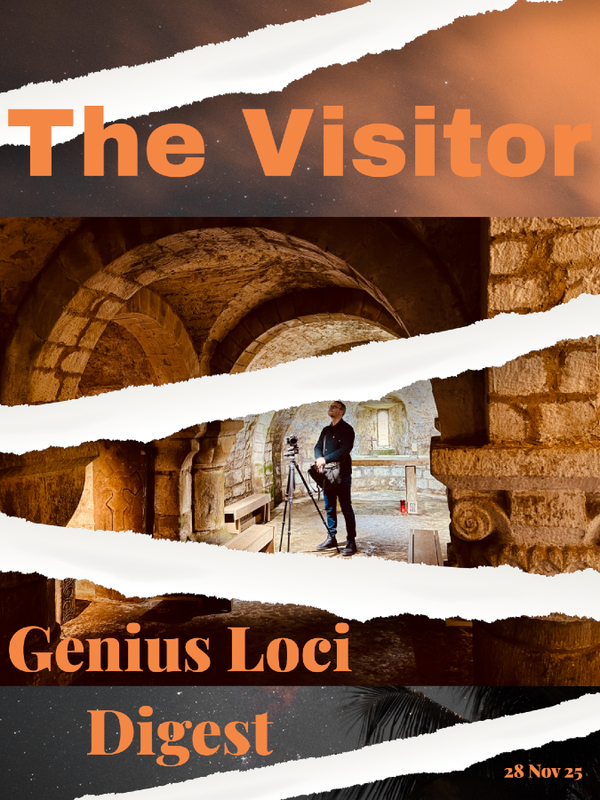


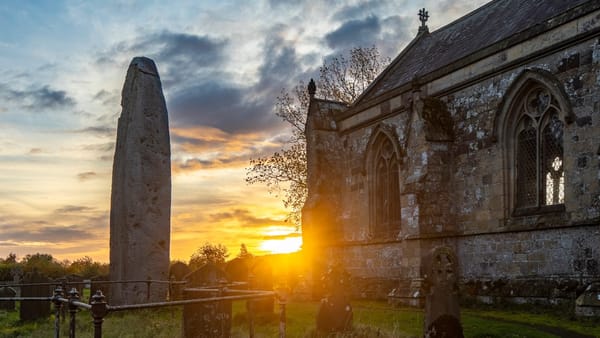
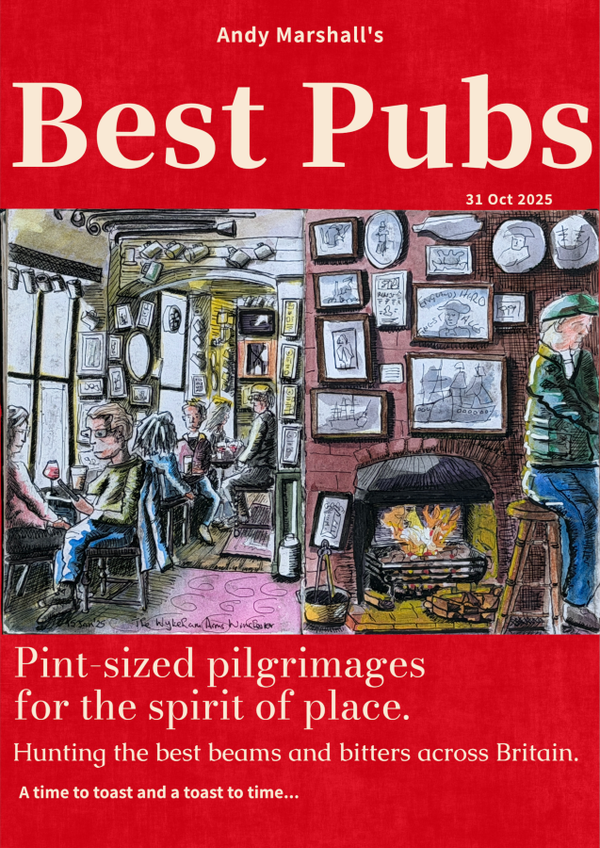
Member discussion